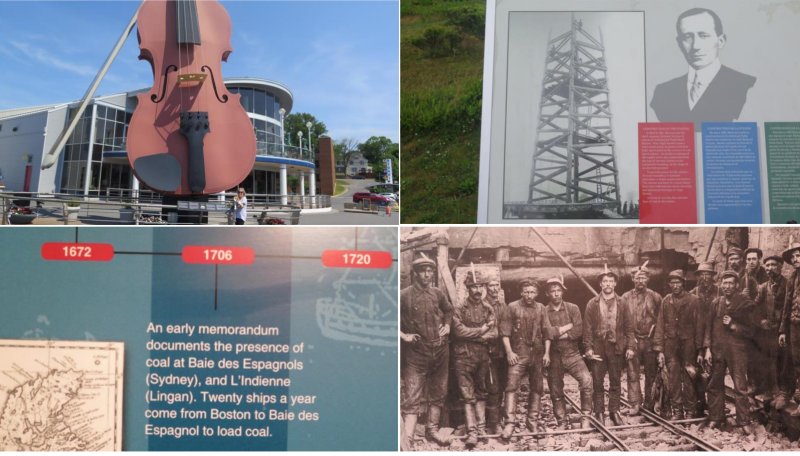
Our Newfoundland-Labrador adventure started at the Sydney, Nova Scotia waterfront. It is the site of a giant fiddle and nearby was an early transmitting station of Marconi's. We had time to explore the area and learned that at one time there was considerable coal mining in the area, dating back to 1707. The equipment they used was the same as we had seen at mine museums in West Virginia and like miners everywhere, they were a tough bunch. The mines remained in operation until an explosion in 1999 when the government closed them.


As we waited to board the ferry to Newfoundland, we were directed to park near a light pole. The top right picture is the side of our RV after I had already washed off all the first bird bombardments from the birds nesting on the poles. The picture really doesn't show the full extent of what the RV and car looked like. The 7 hour crossing was spent between our berth, complete with a TV and shower, and sitting on the upper deck watching for whales.
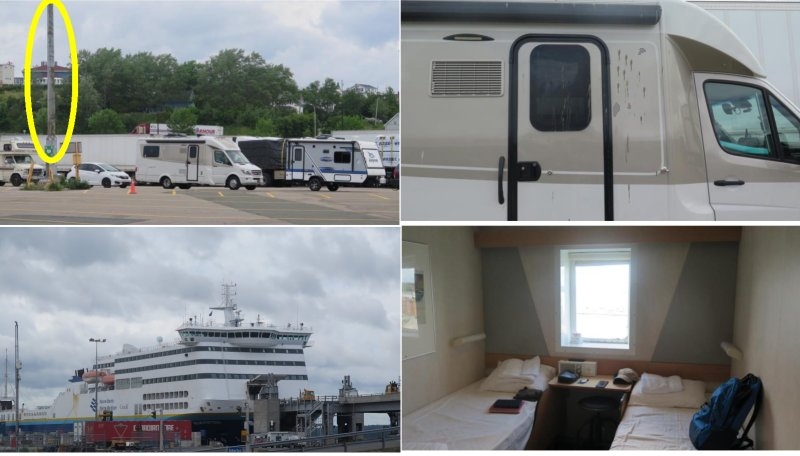

In the Codroy River Valley we visited the most westerly point in Newfoundland, the Cape Anguille lighthouse. In the bog near the lighthouse we saw a couple picking Bakeapples, a berry similar to a cranberry that we were told is very expensive.
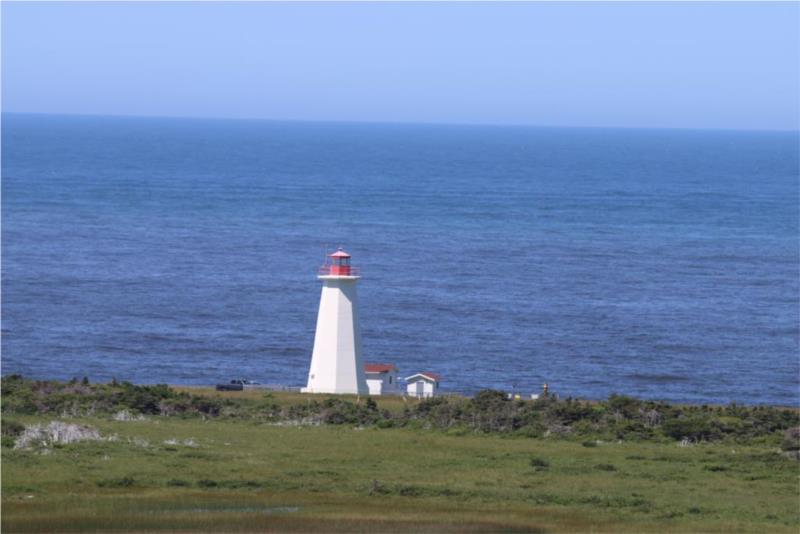

We spent 10 days in the Gros Morne National Park. Our number one must do was a boat trip on the Western Pond. It is a 1.7 mile walk from the parking lot to the boat tour, but well worth it.
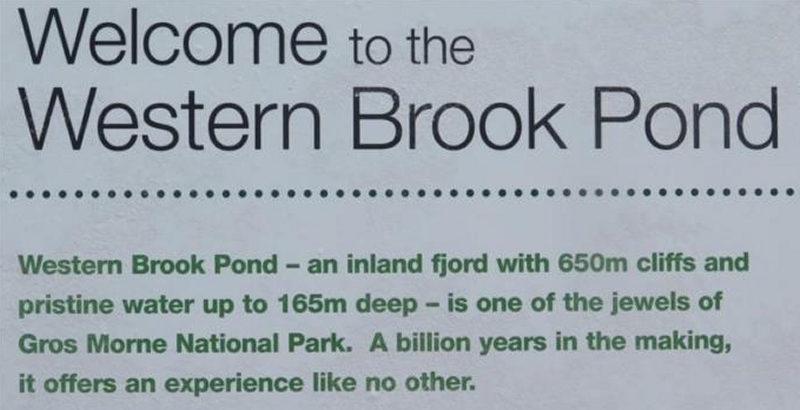

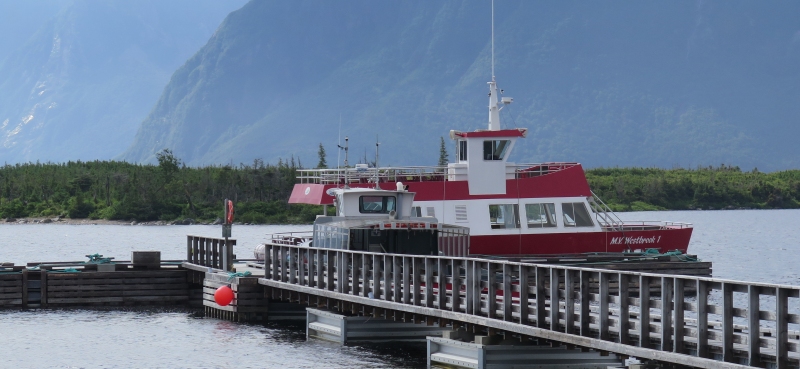
Photos really don't do justice to the spectacular sights in the fjord. There were some low hanging clouds that reminded us of Jurassic Park.
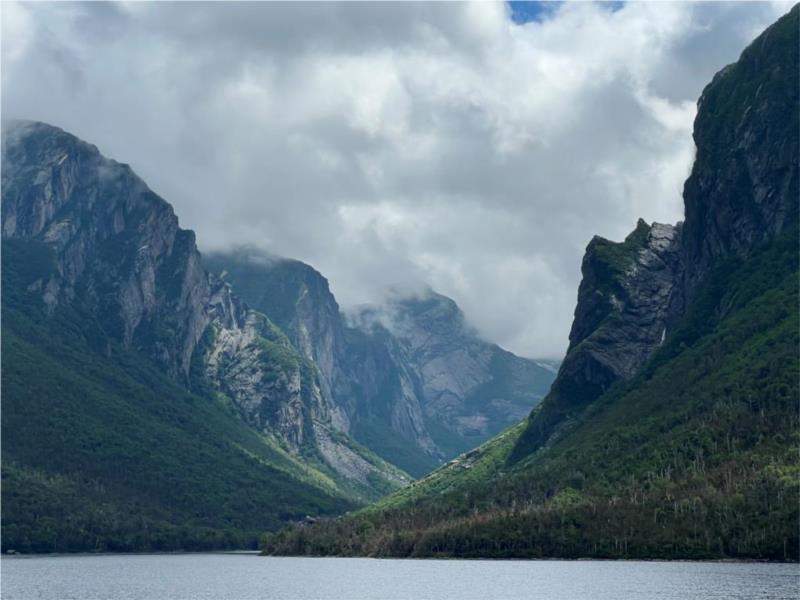

Lots of waterfalls.
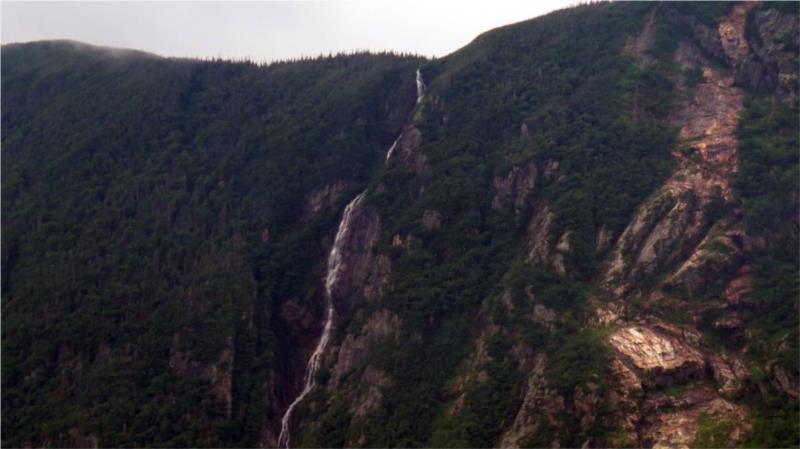

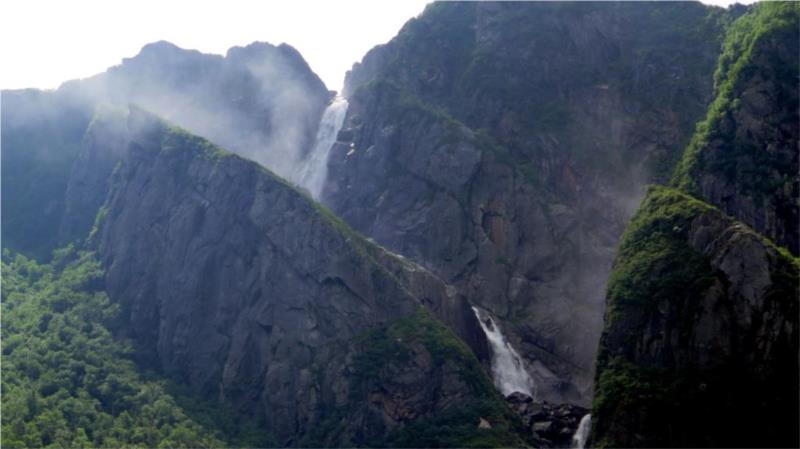
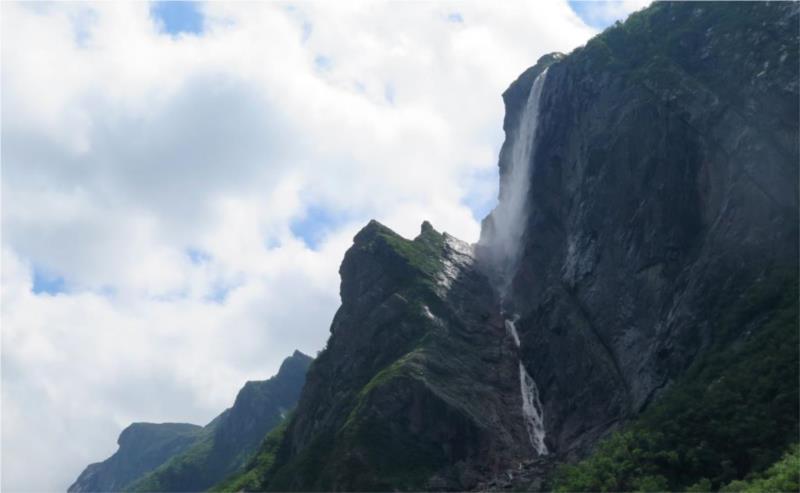
On the way back from the boat tour we hiked down the Coastal Trail along one of the many small rivers to the bay. There was driftwood everywhere.
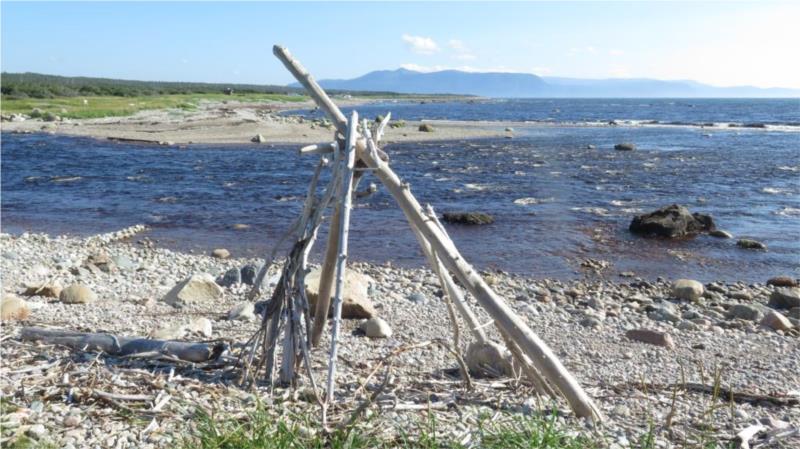

Luna wasn't keen on going in the cool water but she liked to claim her domain on a big rock.
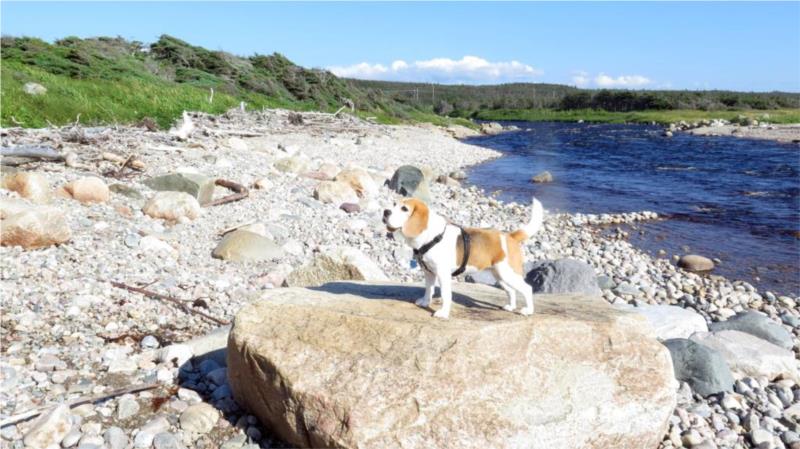

A number of the hiking trails were very easy and gentle.
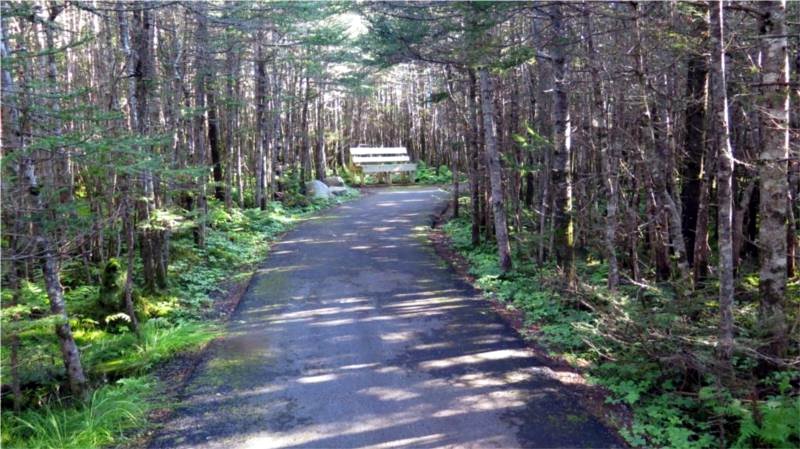

With beautiful inland lakes at the end.
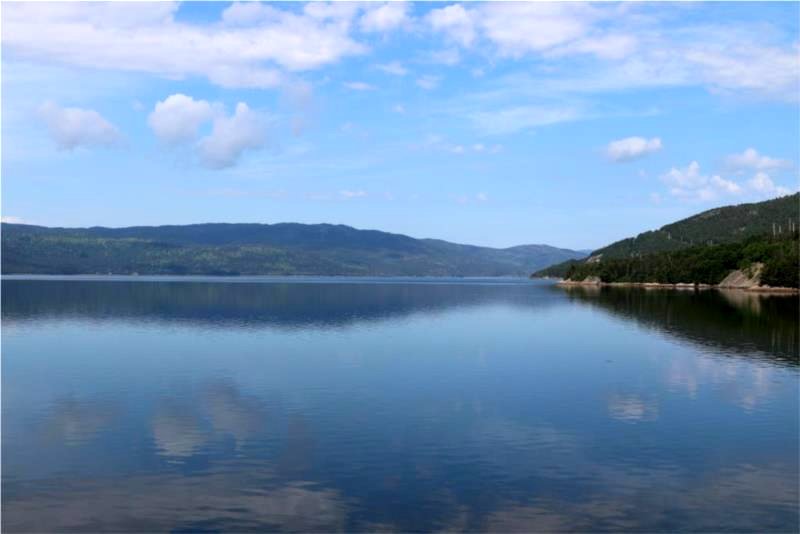

Some hiking paths weren't so easy
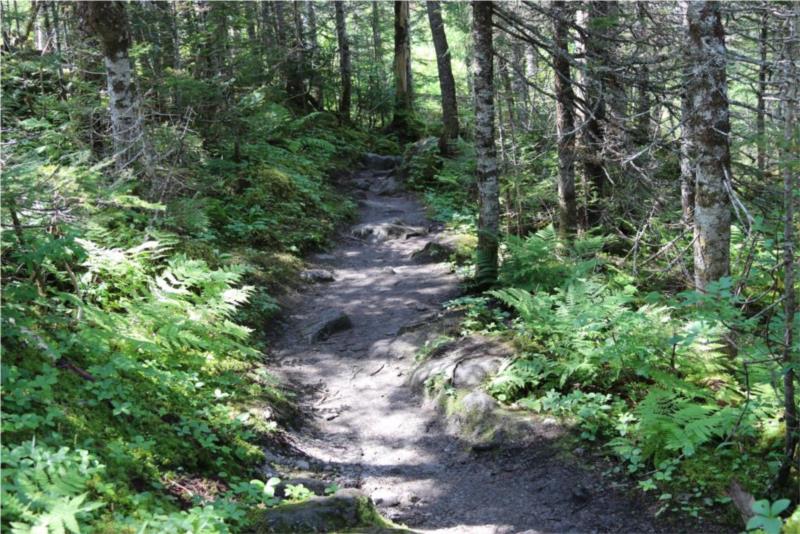

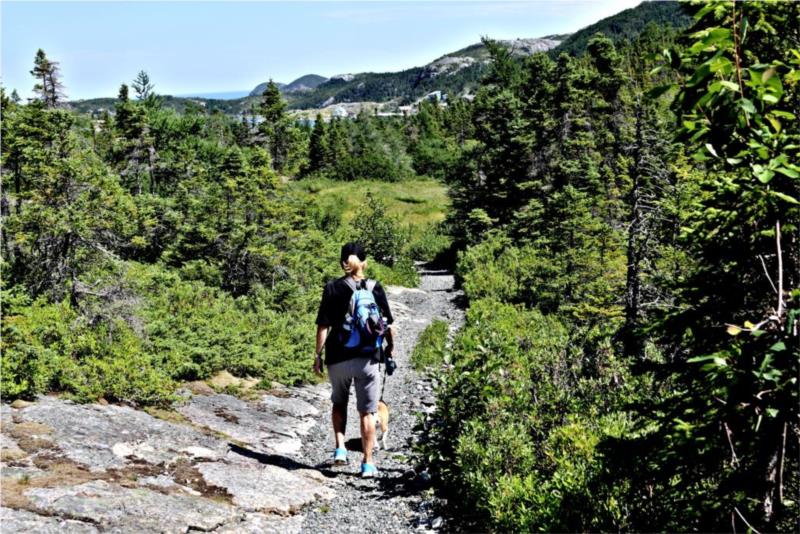
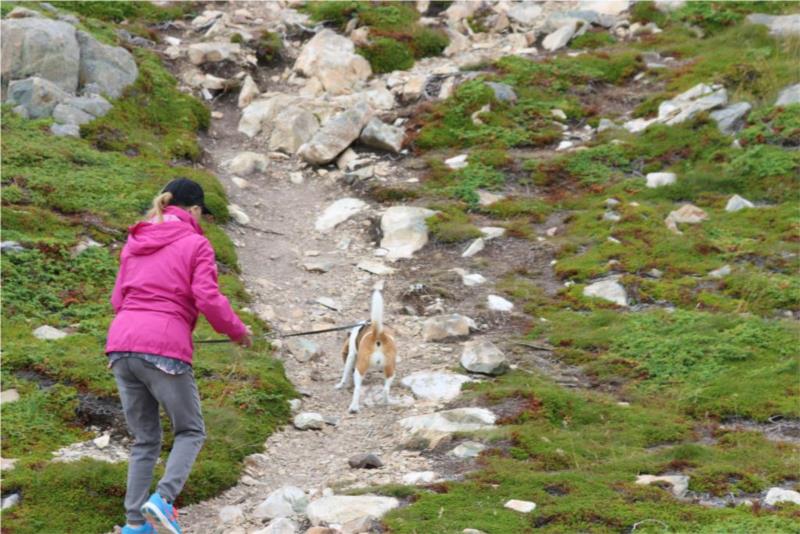
but they still had some great views.
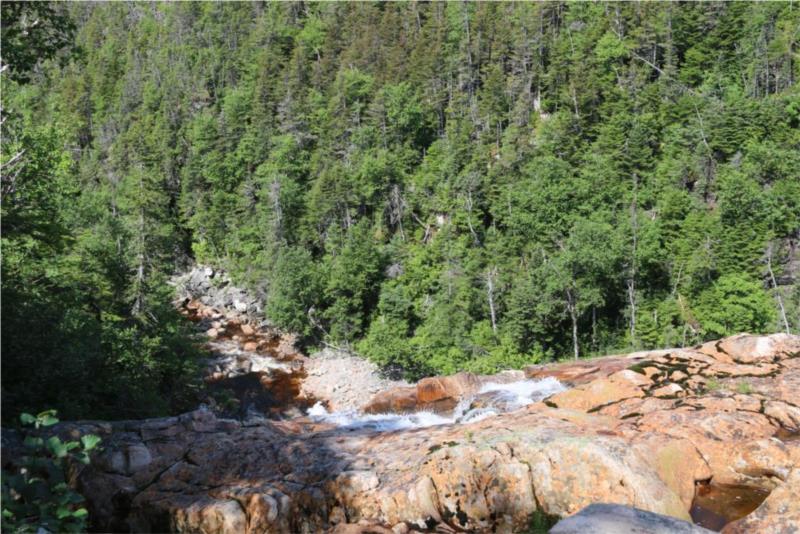

We took just the Honda for a couple of days to see part of Labrador via a 90 minute ferry from Newfoundland. The ferry's front opens up to allow huge trucks to board on the main deck. We parked below the main deck.
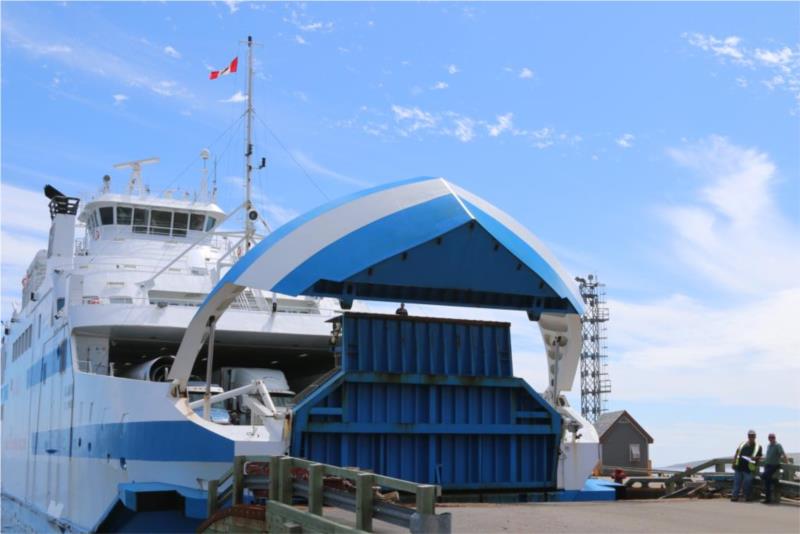

We stayed at a 2 bedroom 1 bath cabin complete with a kitchen and a rabbit out front for Luna to chase.
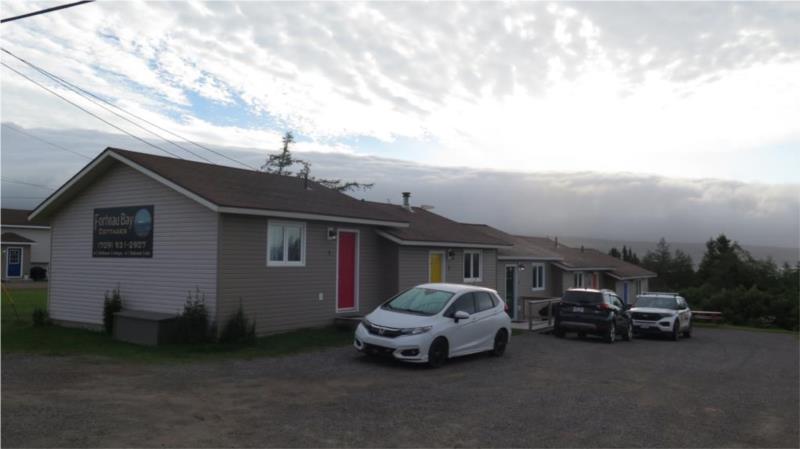

The next morning we started out early to explore Labrador but didn't get far. The visibility was horrible and, not knowing the roads, we decided to try again in an hour or so.
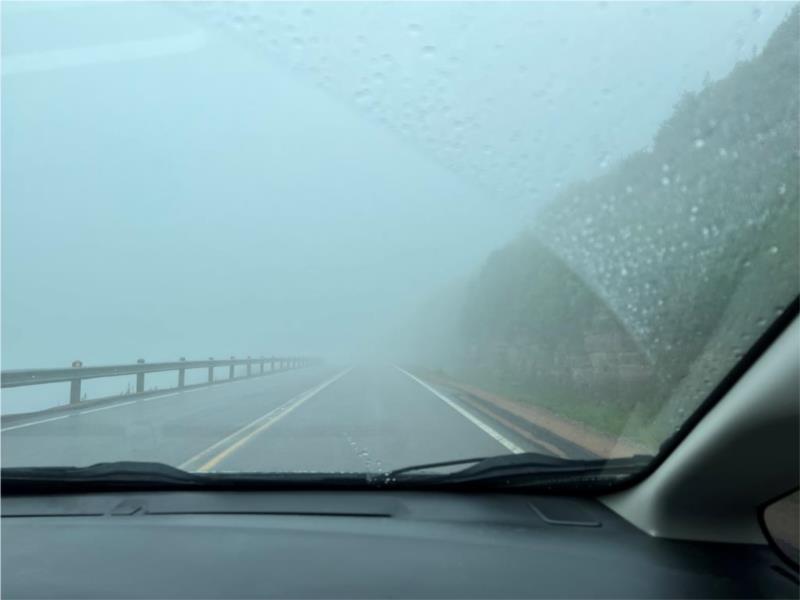

The sky cleared and our first stop was the L'Anse-Amour, the location of the oldest known burial monument in North America dating back 7,500 years. Nearby is the Point Amour lighthouse, the tallest in Atlantic Canada. It contains several rooms of history of the area.
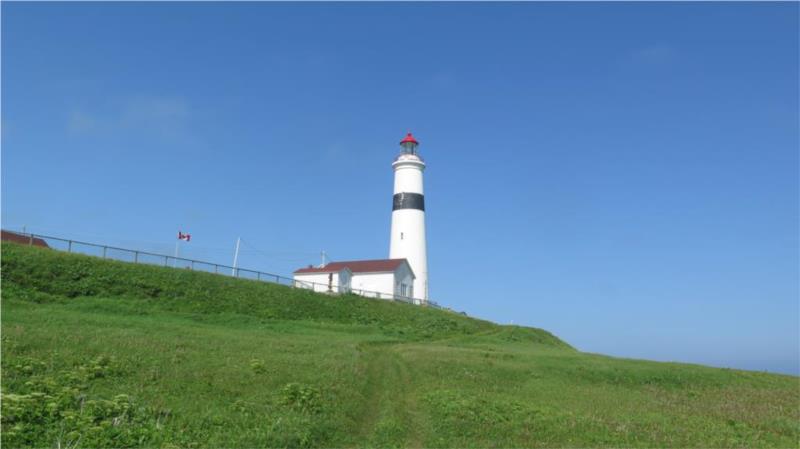

Nearby were the remains of another Marconi radio station.
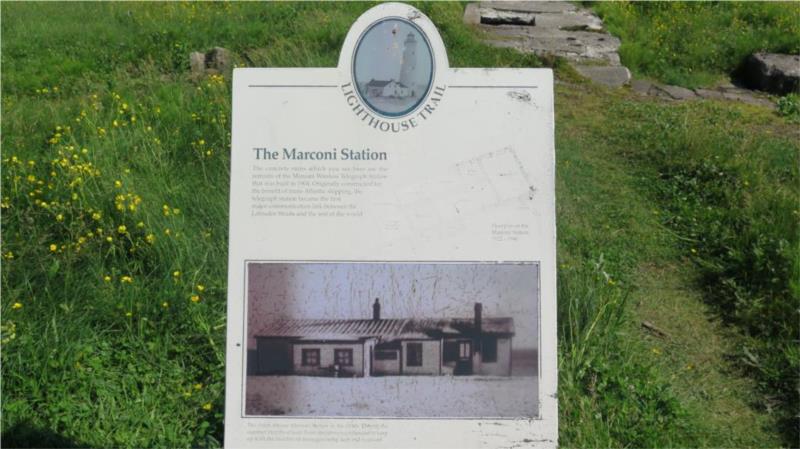

We noticed in Newfoundland-Labrador flags, pennants and even on license plates the term "Come Home 2022" It was a program to get those who have left the area to come and visit and maybe stay. We met several young couples who were from outside the region but had returned for the activities.
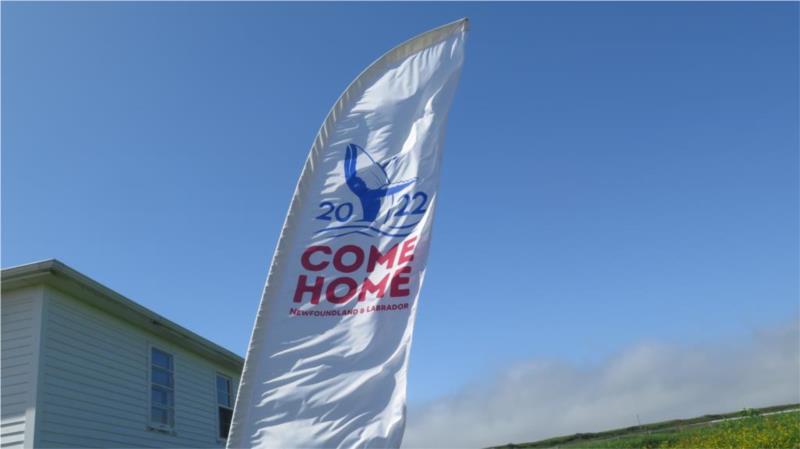

We took the ferry back to Newfoundland and traveled up the west coast to St Lunaire where we had another dog friendly cabin for 3 nights.
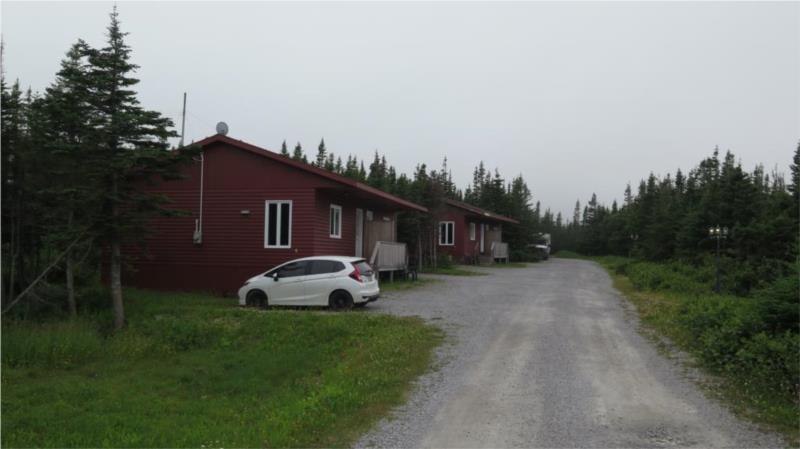

The Burnt Cape Ecological Reserve has a large area of exposed limestone and a naturally harsh climate that permits the growth of rare dwarf flora often found in artic and alpine areas.
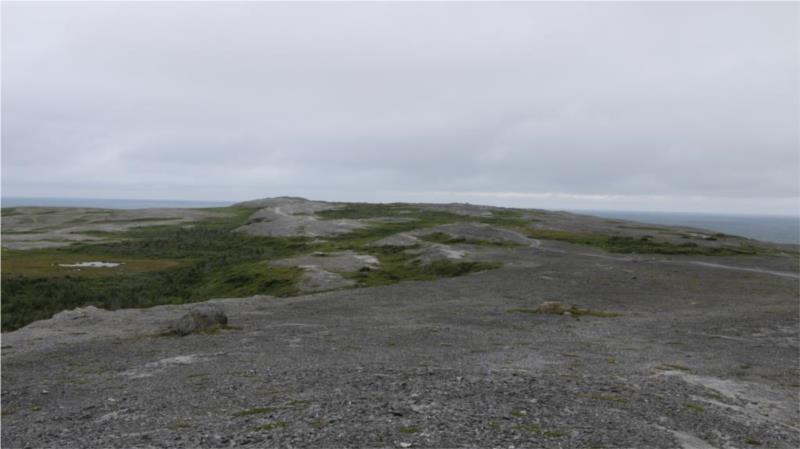

L'Anse aux Meadows is where, over 1,000 years ago, the Vikings landed.
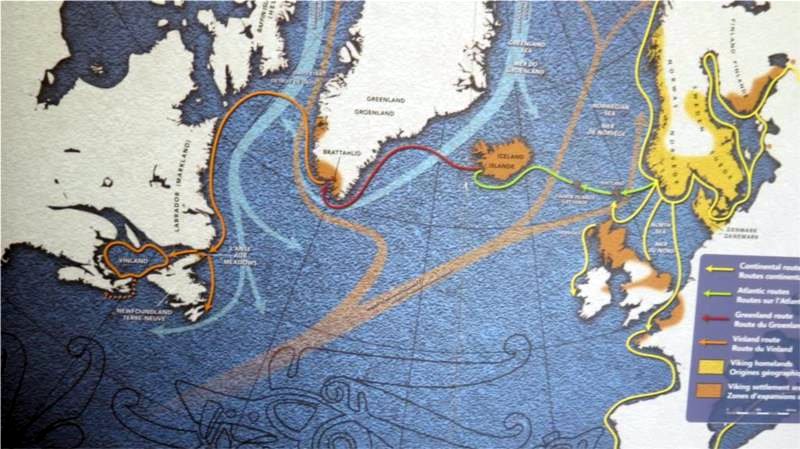

They established a small settlement but it was never meant to be permanent. Just a temporary place to restock their ships and complete repairs as needed.
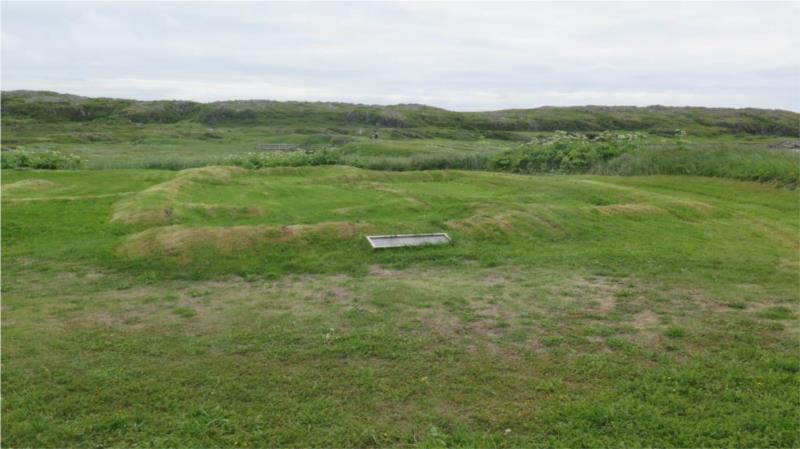

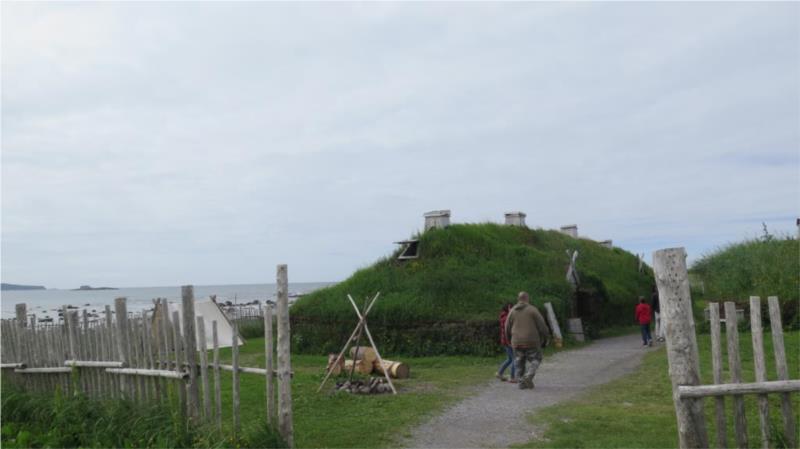
Nearby in St Anthony is a museum dedicated to Dr. Wilfred Grenfell, a late 19th century physician from England that went to Labrador to improve the plight of coastal inhabitants. As we learned more about him, we understood that he was the most incredible person we had never heard of.
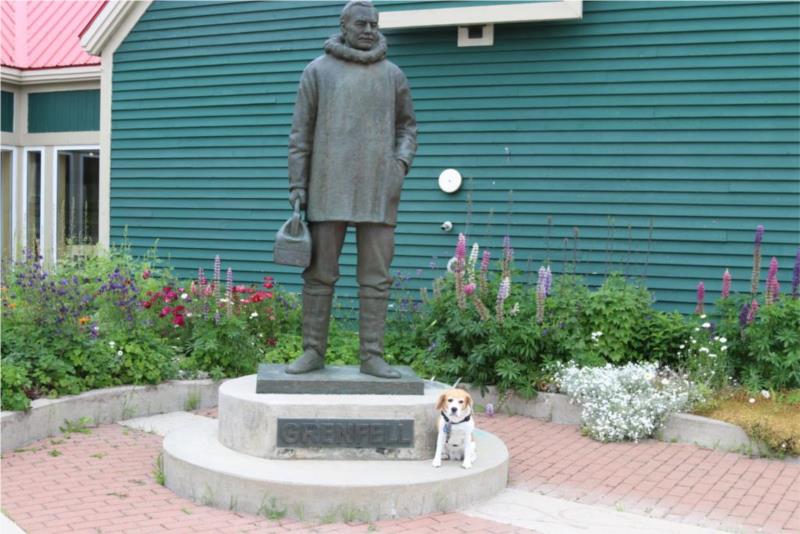

He went on to develop schools, an orphanage, cooperatives, multiple hospitals, industrial work projects, and social work. Wilfred became the most popular boy's name in Newfoundland-Labrador.
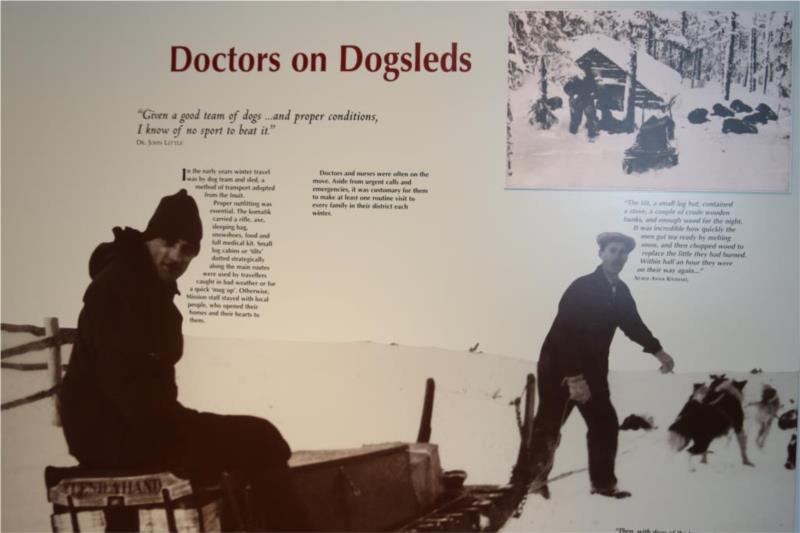

In 1908, Grenfell was on his way with his dogs to a Newfoundland village for a medical emergency when he got caught in "slob", from which he managed to get onto an ice-pan with the dogs. He was forced to sacrifice three of his dogs to make a warm, fur coat for himself. After drifting for several days without food or fresh water, he was rescued by villagers in the area. Because of this experience he buried the dogs and put up a plaque saying, "Who gave their lives for me".
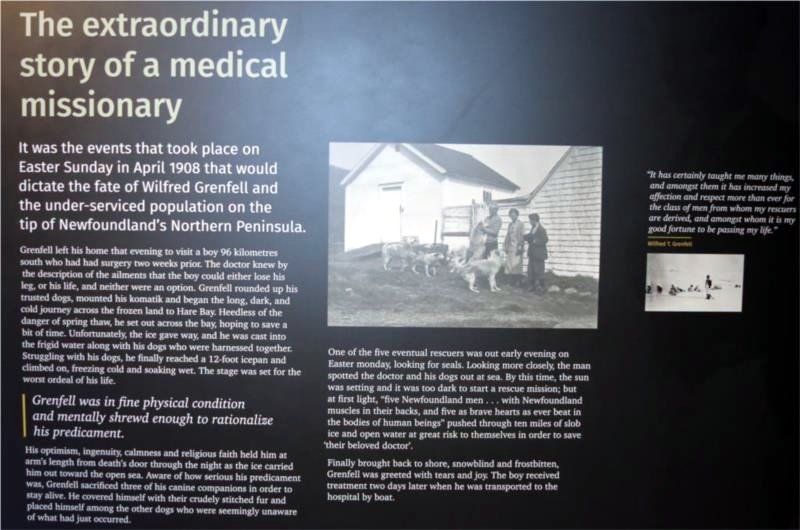

In the Washington National Cathedral there are three stained glass windows commemorating the relationship of medicine, law and education to religion. Louis Pasteur, Jesus Christ and Dr. Grenfell.
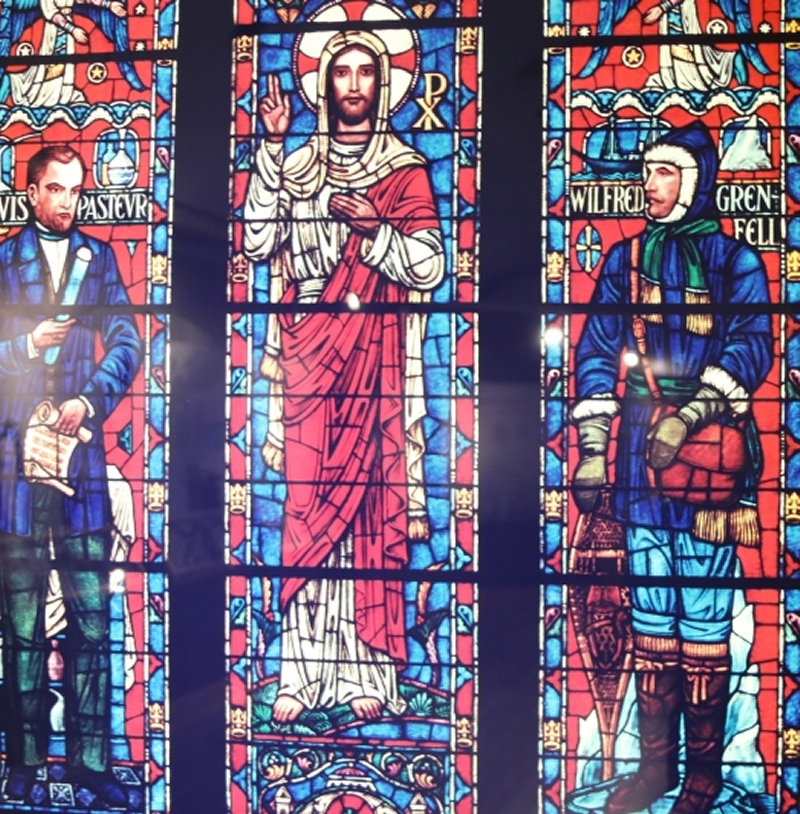

Driving across Newfoundland we noticed many stacks of firewood by the roadside. We were told that you pay someone to cut and deliver the wood, then, and as you need it during the winter, you go pick some up from your pile. Evidentially no one takes wood that isn't theirs.
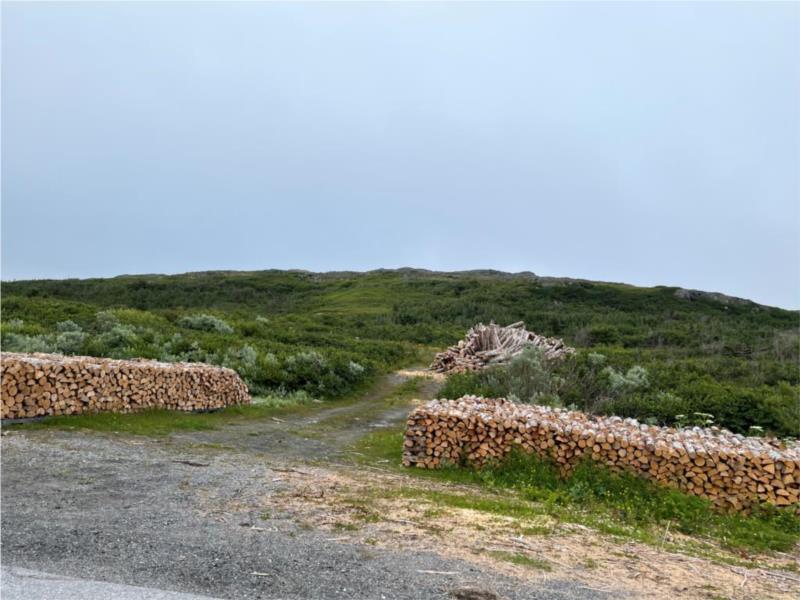

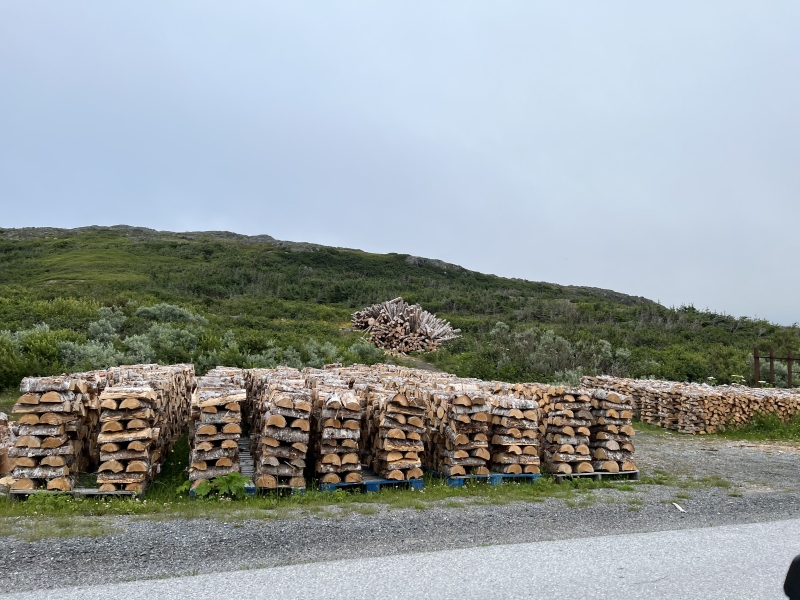
The coast is rugged and many ships have been lost, so it is not unusual to see pieces of wood or metal along the shoreline.
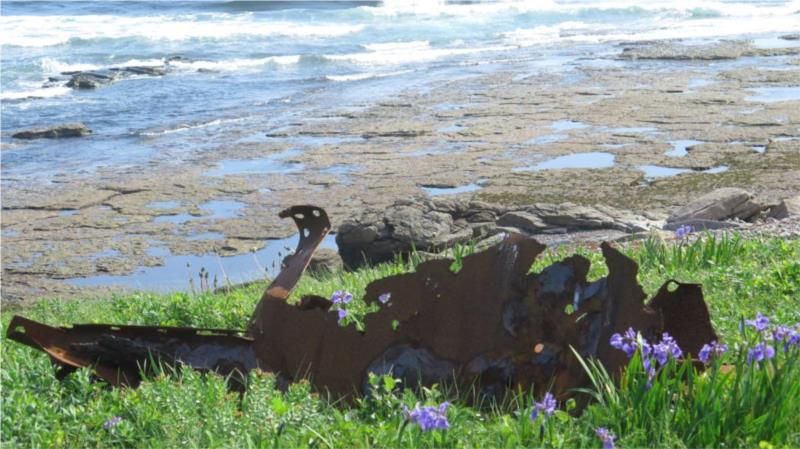

At many places along the shore are red Adirondack chairs placed so people can just sit and enjoy the views.
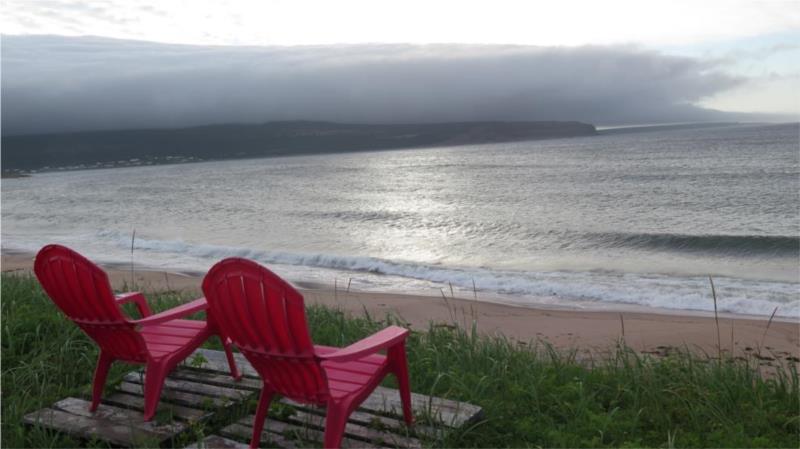

No mainlander's trip to Newfoundland is complete without taking part in a "screech-in" ceremony. It involves a shot of screech (a horrible local rum) eating a dry hard bologna and kissing a cod. Optional is playing an ugly stick. We were "screeched" at a small pub with a 3 person local band where it seemed like everyone knew everyone. We had a great time and really believe that Newfies are the friendliest people anywhere.
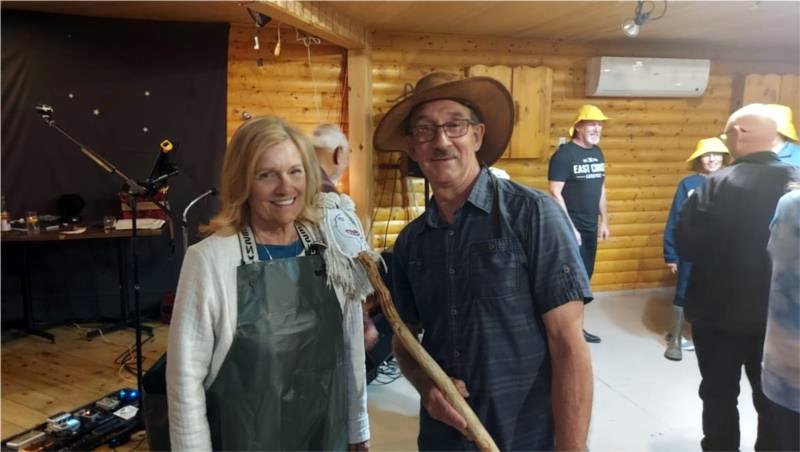

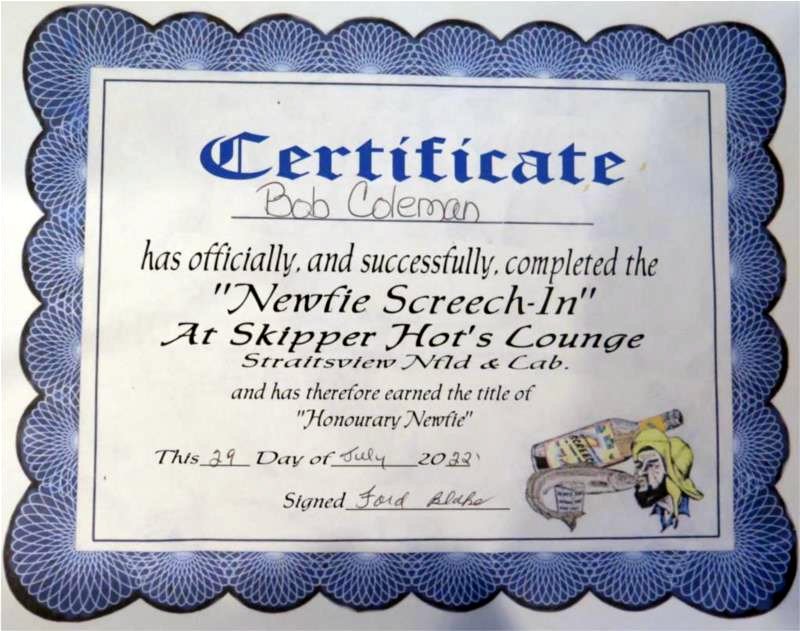
Anytime someone mentions a "beach" north of latitude 45 degrees we have doubts about it. However Lumsden, on the north side of Newfoundland, does indeed have a very wide sandy beach with what looks like sea oats along the boardwalk. And you can drive on it.
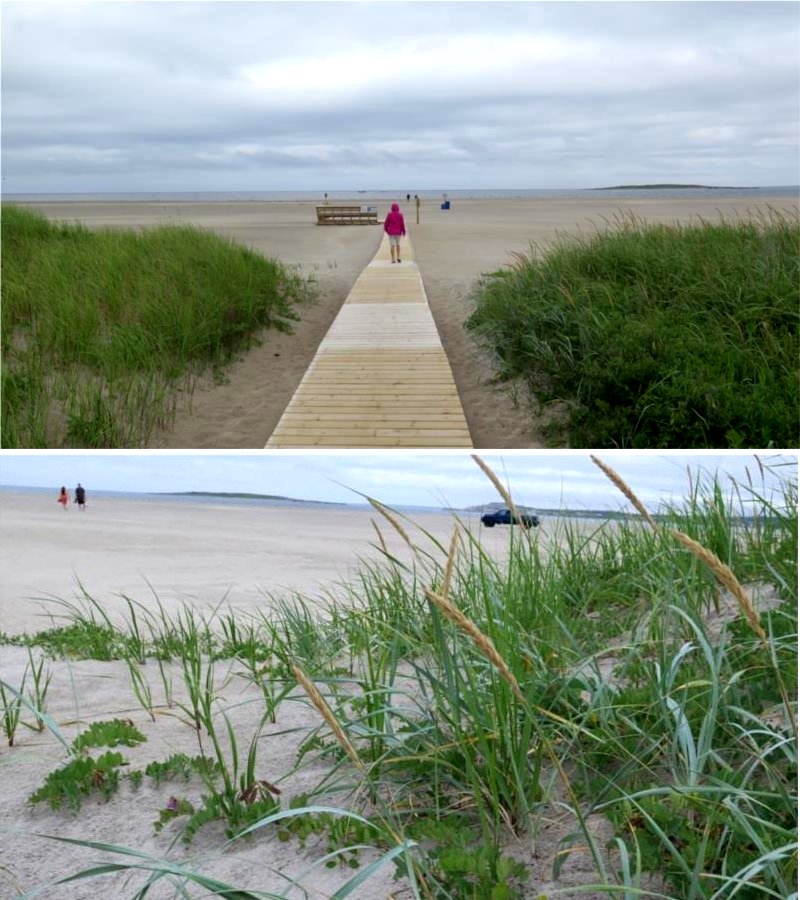

The water was too cold to venture in but Luna enjoyed running about.
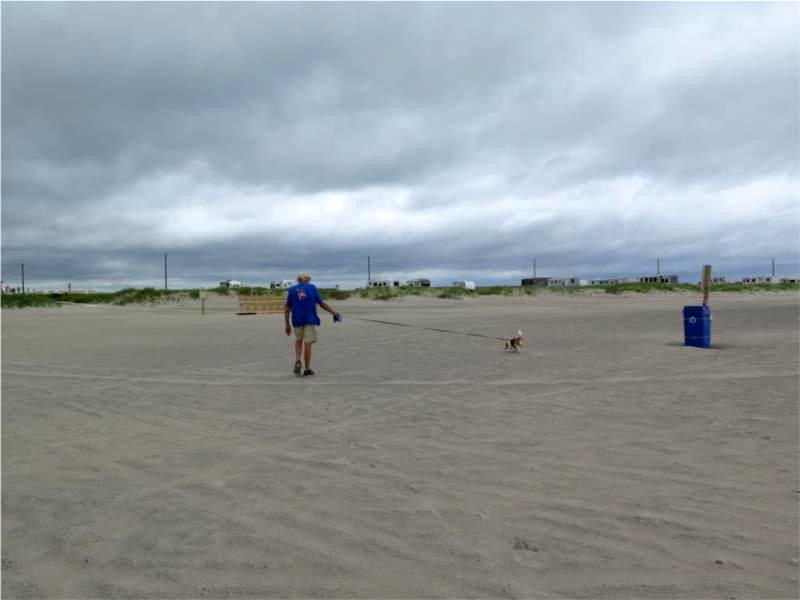

Along the Atlantic coast are several rock islands 50 to 100 yards off shore with puffins.
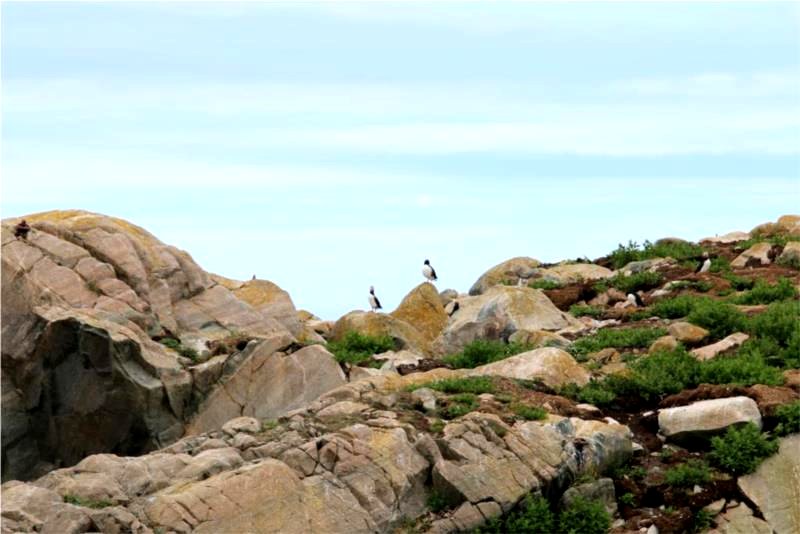

They make their homes in slots/holes in the rocks and often appear in pairs.
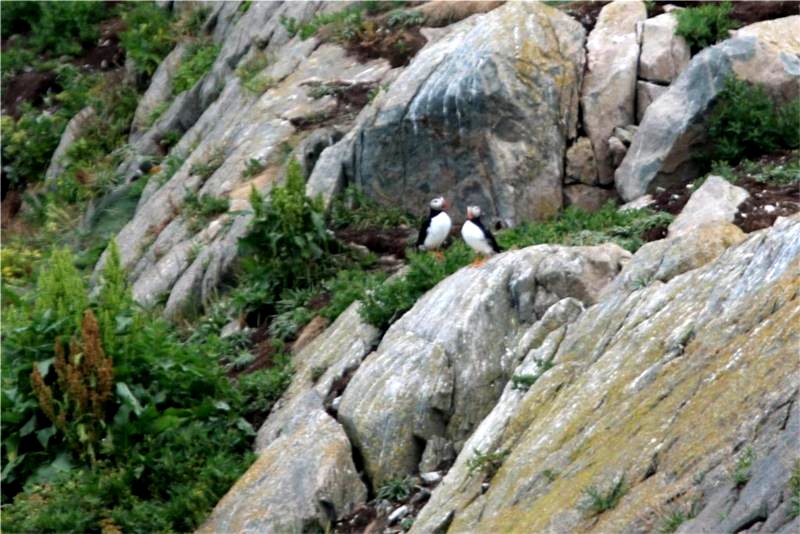

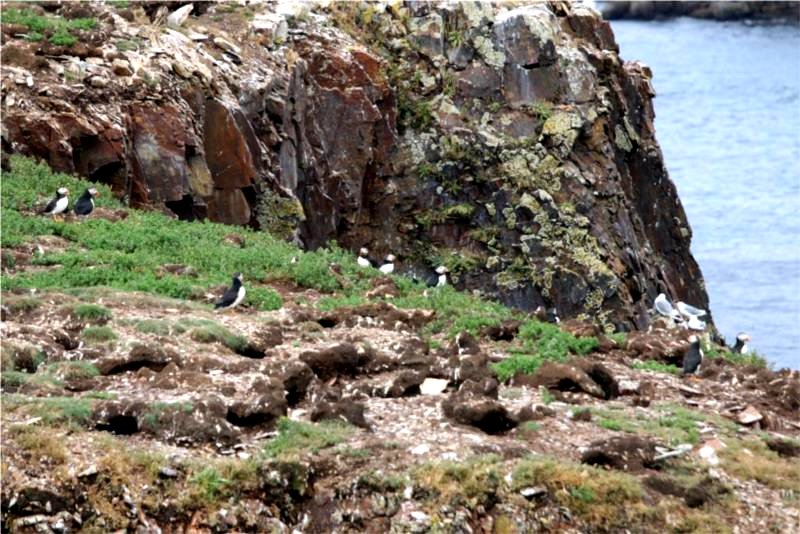
Extra credit for getting this far. Extra-extra credit for knowing what is really different about this high voltage transmission line?
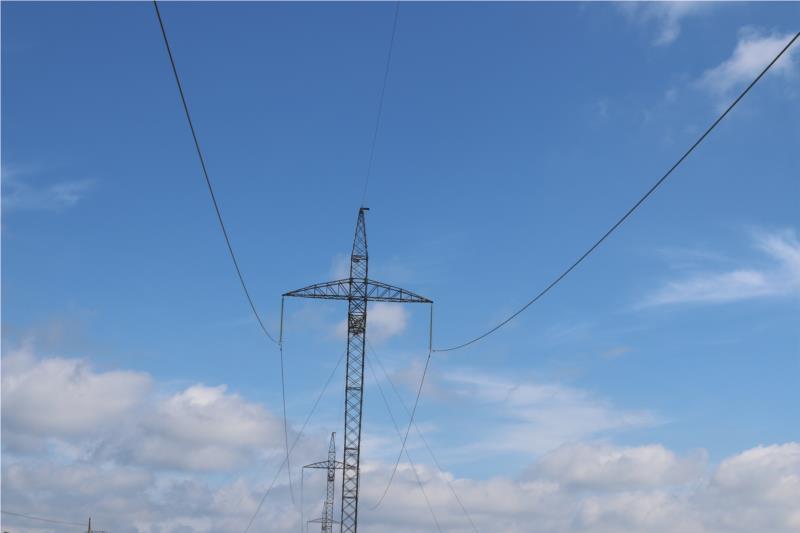

In 2011 we were in Ireland and visited Valentia Island where, in 1866, the first transatlantic cable came ashore in Europe.
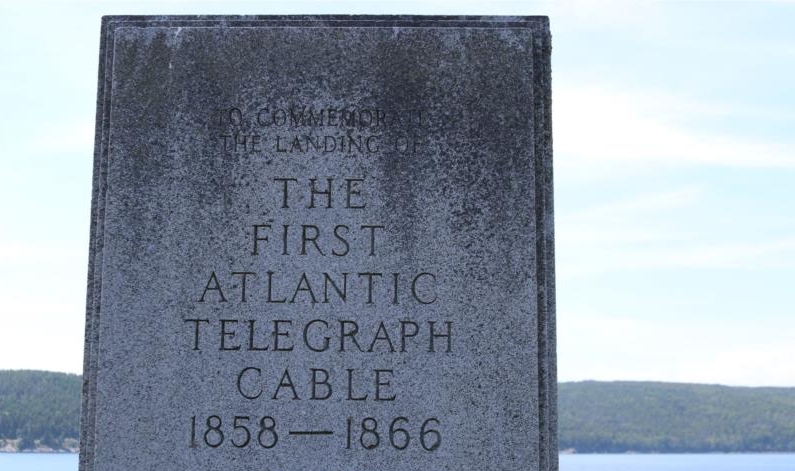

The western terminus of the cable was Heart's Content, Newfoundland and the original station is now a museum.
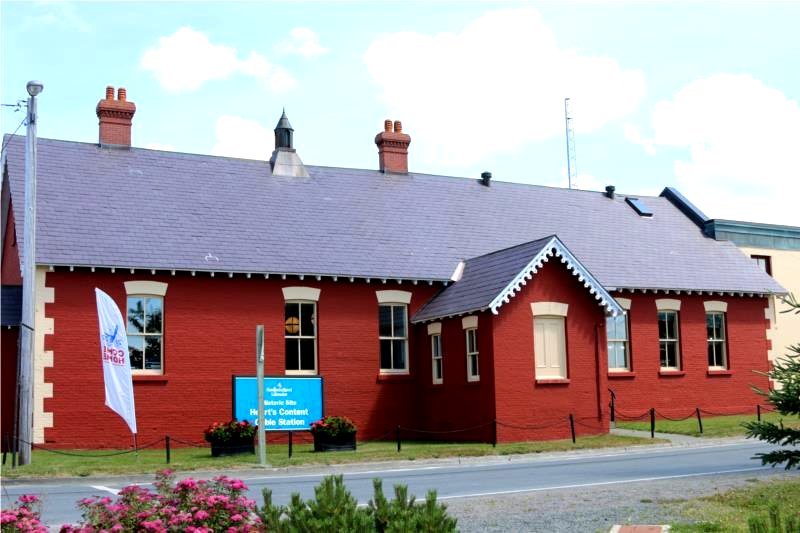

I was excited to see a sample of the first cable which is identical to the piece I have.
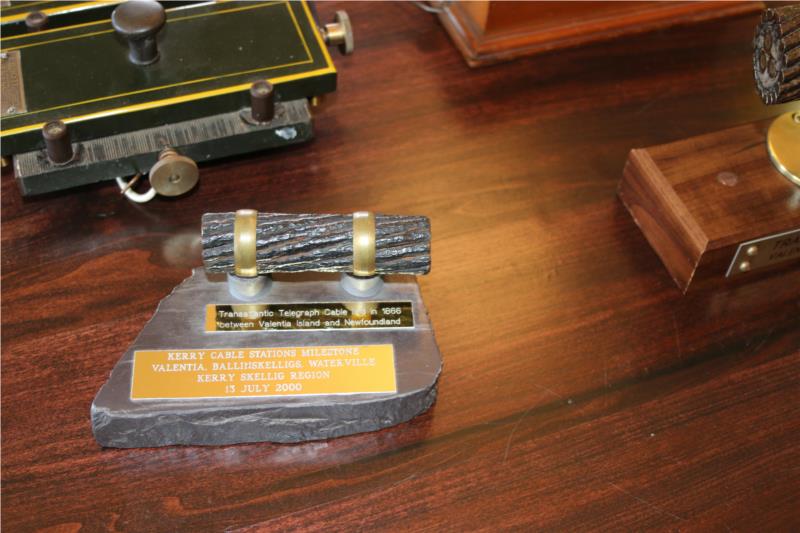

As you can see Luna was equally excited.
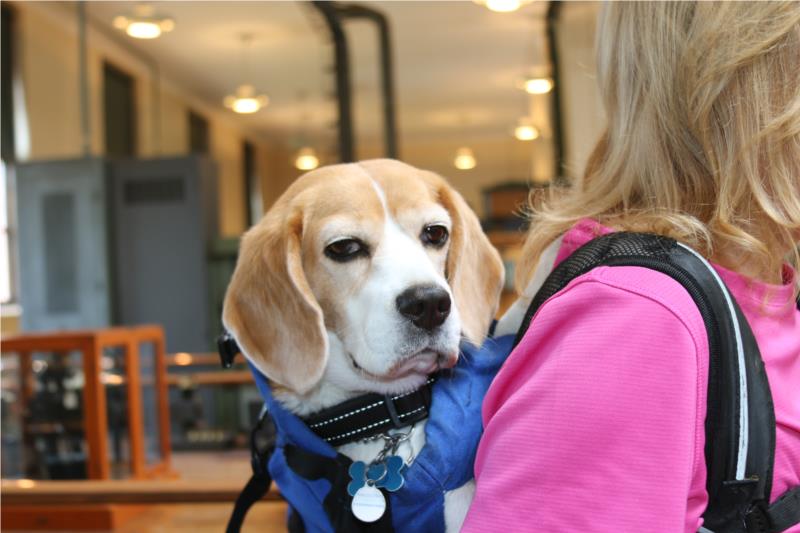

One morning we left the RV at 04:30 AM and drove to the Cape Spear Lighthouse, the easternmost point in North America and home every morning to the first sunrise on the continent. It was 5:40 ADT, Atlantic Daylight Time, which is 1.5 hours ahead of EDT.
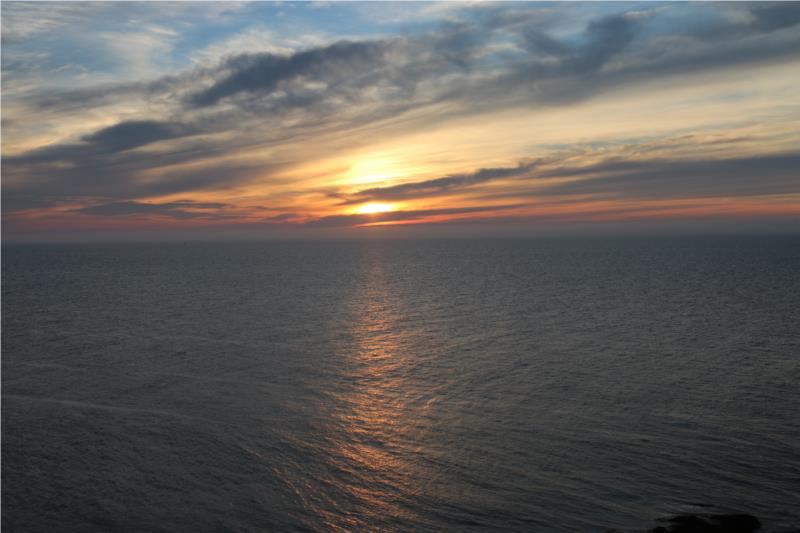

While we enjoyed the sunrise, Luna met and played with a Newfoundland dog.
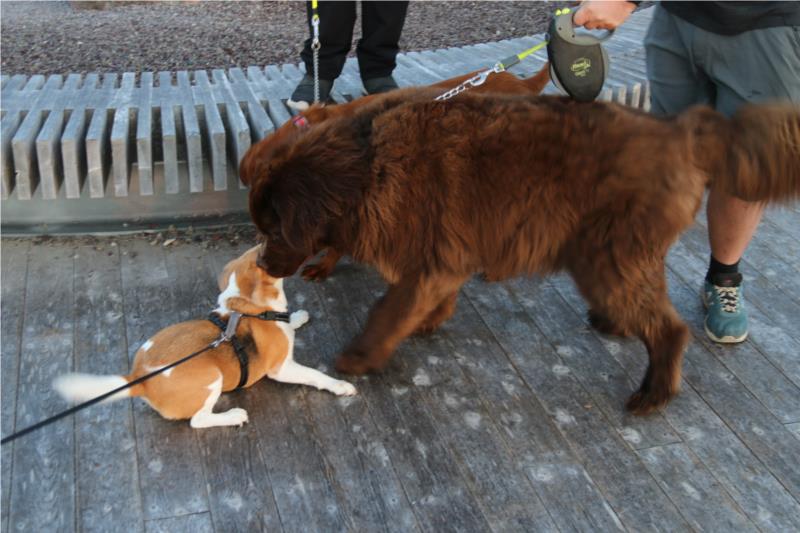

In nearby St John's, the Cabot Tower was constructed in 1898 to commemorate the 400th anniversary of John Cabot's discovery of Newfoundland.
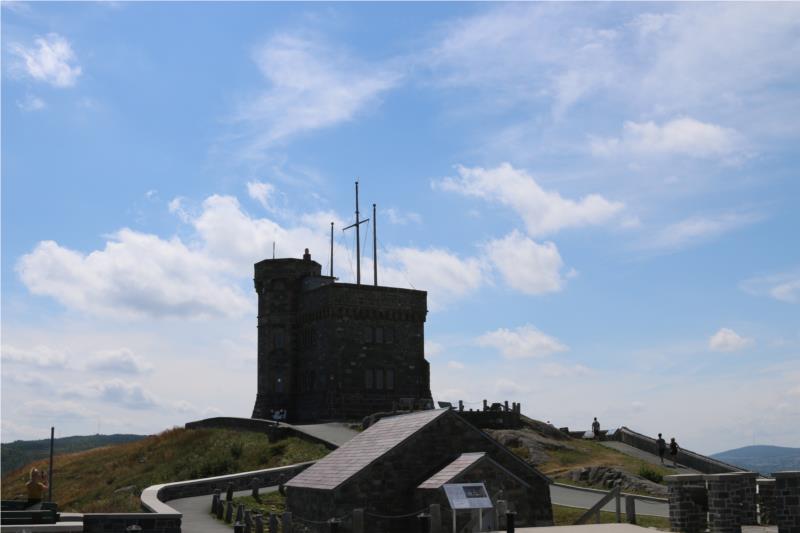

In 1901 Marconi received the first trans-Atlantic wireless message at a position near the tower, so Cabot Tower is now the center of the Signal Hill National Historic Site.
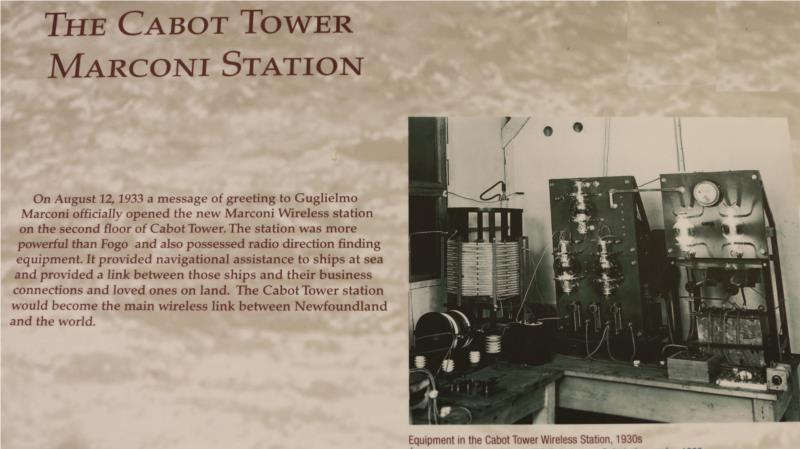

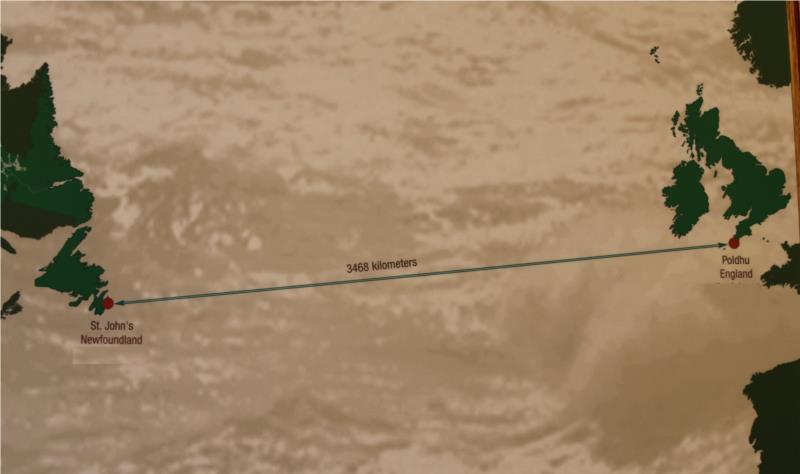
From the top of the tower is a good view of the harbor and city of St. John's.
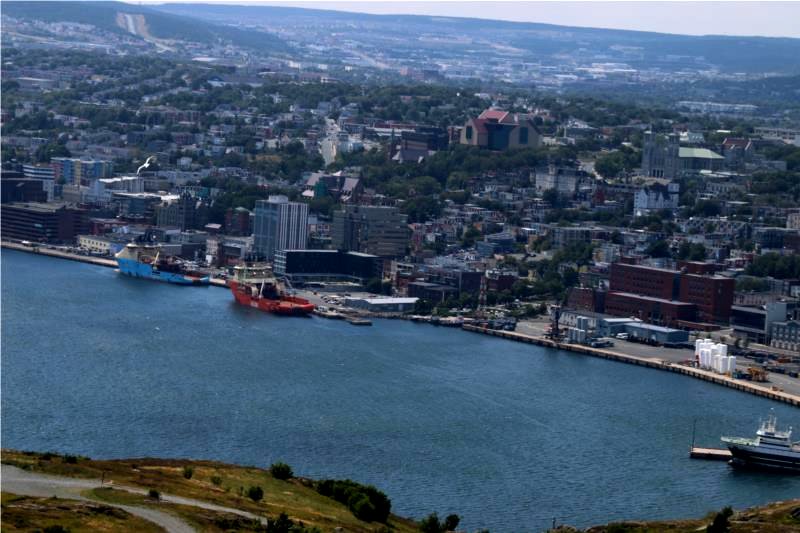

The city is very much alive with the downtown streets closed on weekends.
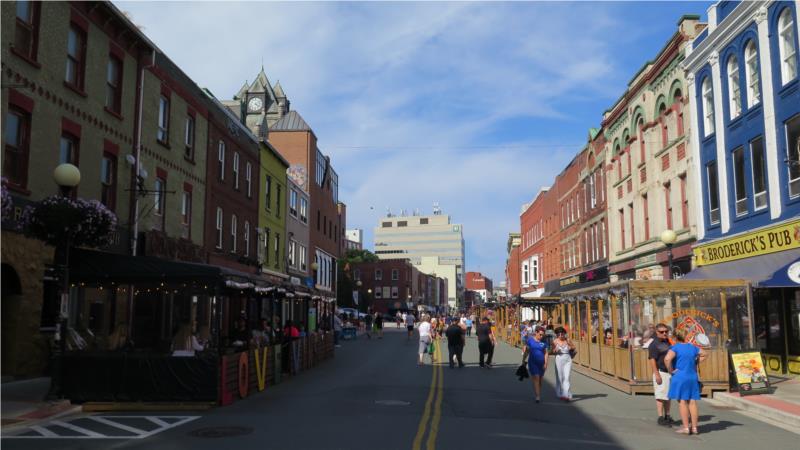

And famous for its colorful JellyBean Row.
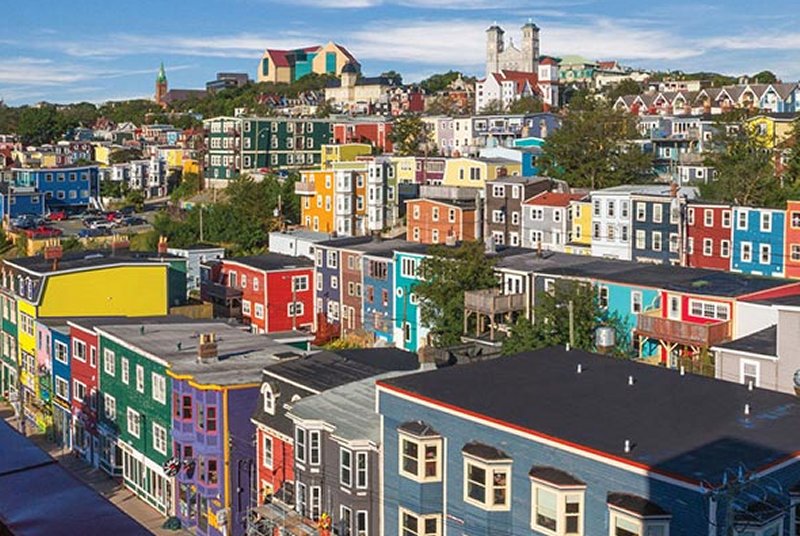

There are many outdoor dining places that are dog friendly.
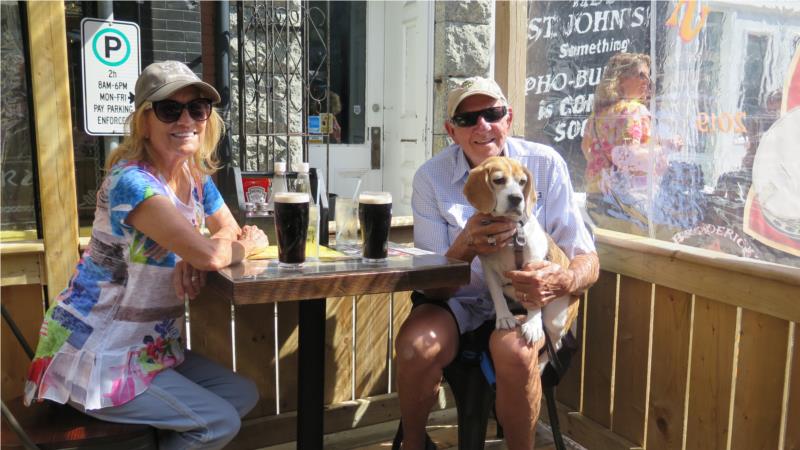

Established in 1621, by Sir George Calvert (the First Lord Baltimore), the Colony of Ferryland became one of the earliest permanent European settlements in northeastern North America. In 1629 Lord Baltimore became tired of the weather and obtained a land grant in the Chesapeake area.
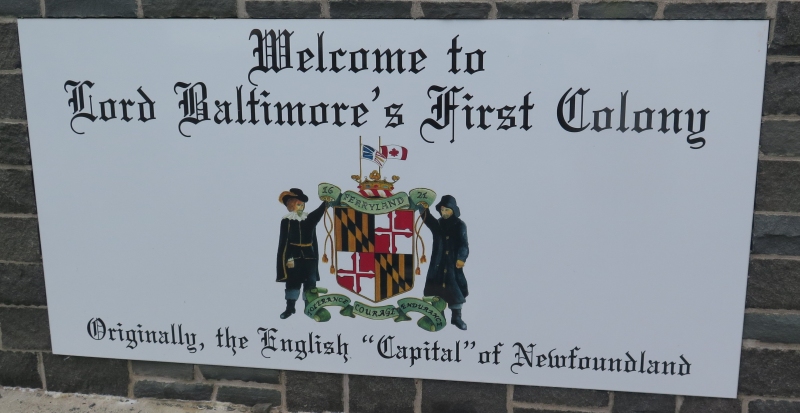

In 1696 the French arrived with 7 warships and 700 men. The colony was burned to the ground and the settlers were either imprisoned or returned to England.
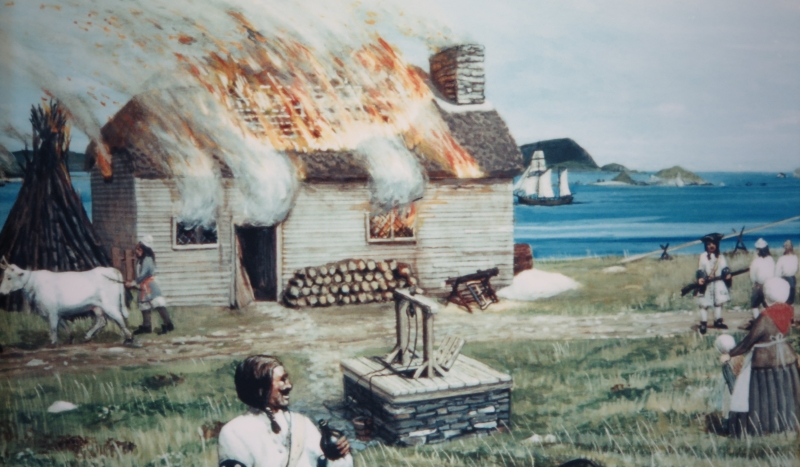

Serioius efforts are underway to recover artifacts from the area.
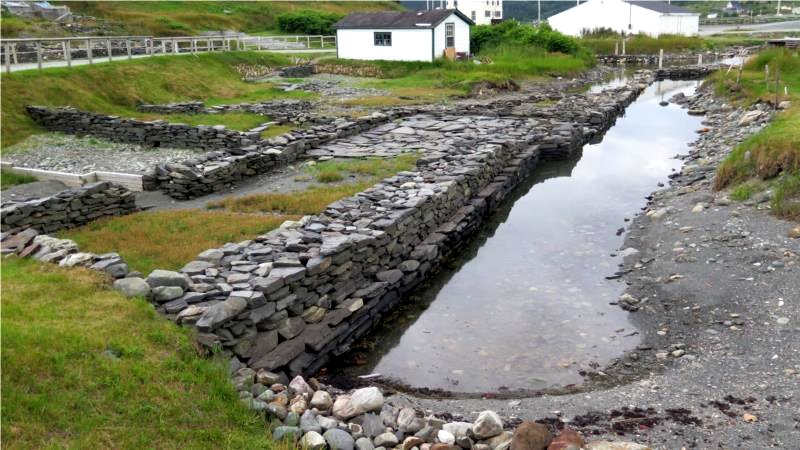

While there we met an archeology professor from Memorial University in St. John's.
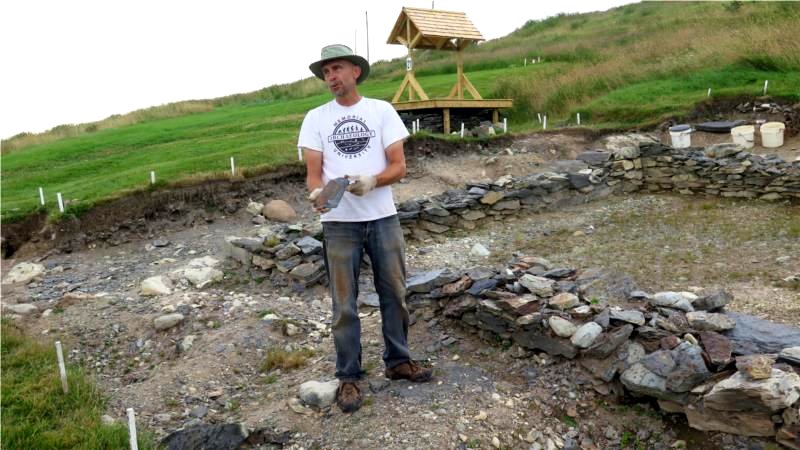

A woman in the gift shop explained Mummering. It is a Christmas-time house-visiting tradition where a group of friends dress in disguise and visit homes during the twelve days of Christmas. If the mummers are welcomed into a house, they often do a variety of informal performances that may include dance, music, jokes, or recitations. The hosts must guess the mummers' identities before offering them food or drink. They may poke and prod the mummers or ask them questions. To make this a challenge for the hosts, the mummers may stuff their costumes, cross-dress, or speak while inhaling.
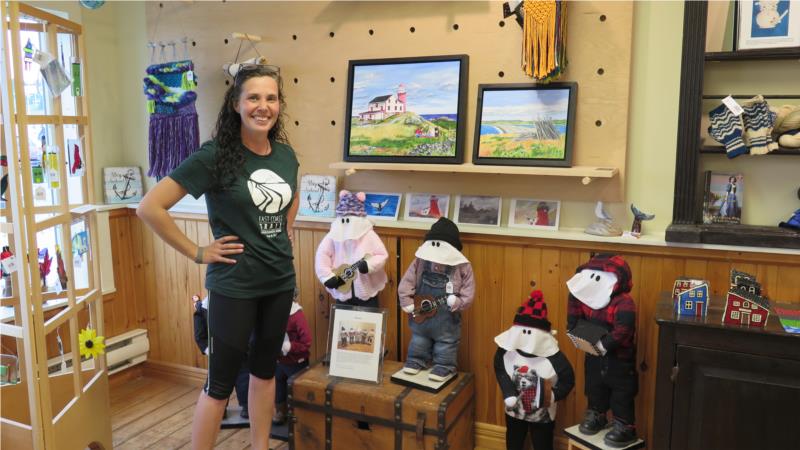

On 9/11 38 jets with 6,623 international passengers traveling from Europe were grounded in Gander. This is about half of the total population of the area. Without hesitation, the Newfoundlanders opened their homes to let them shower, their school gyms, community centers, and hotels to let them sleep and eat warm meals. The 2017 Broadway musical "Come From Away," details the experience.
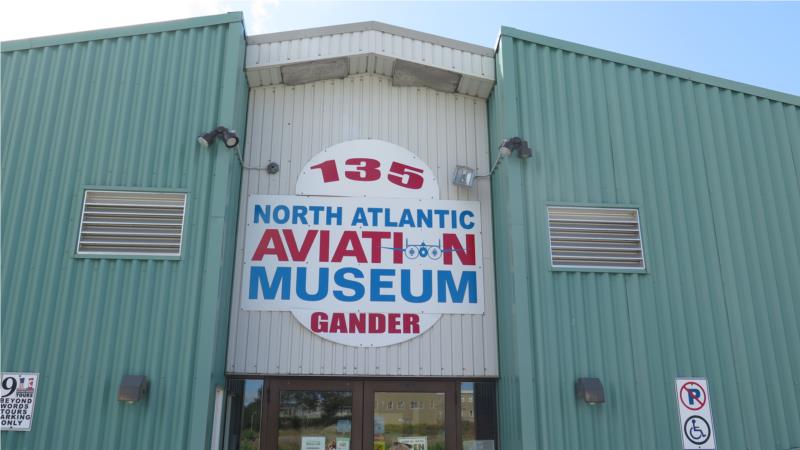

To commemorate the 10th anniversary of 9/11, a partial steel beam from the Twin Towers was loaded onto a trailer in New York City and escorted 1.491 miles by current and former firefighters on motorcycles.
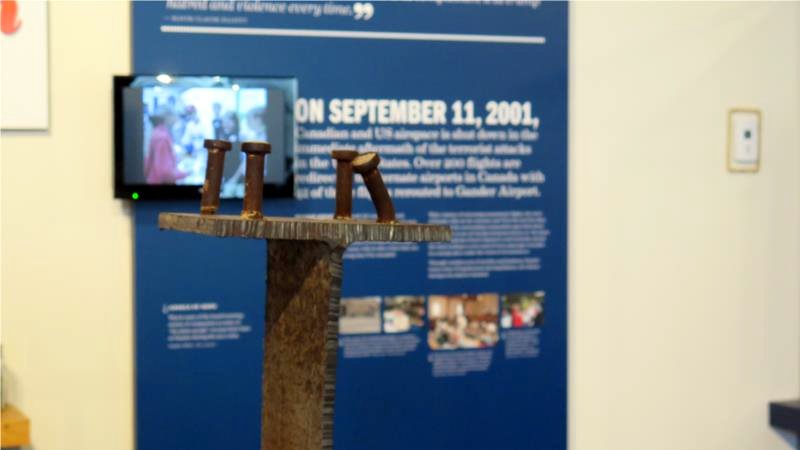

At the Salmond Interpretation Center we learned how Atlantic salmon are helped to swim upstream past hydro dams.
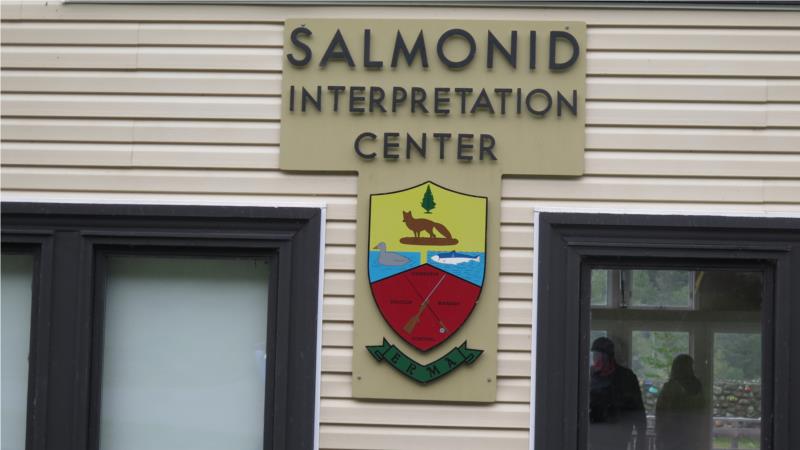

Parallel to the dam are a series of "ladders".
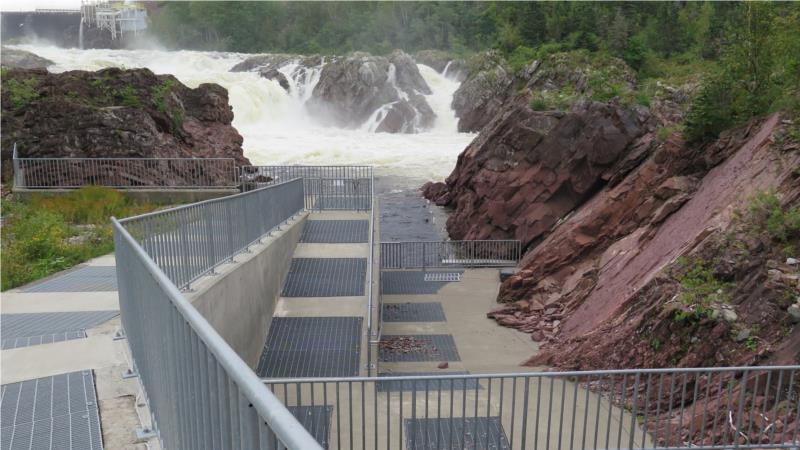

They are short steps where the salmon can jump without the pressure of the full size dam.
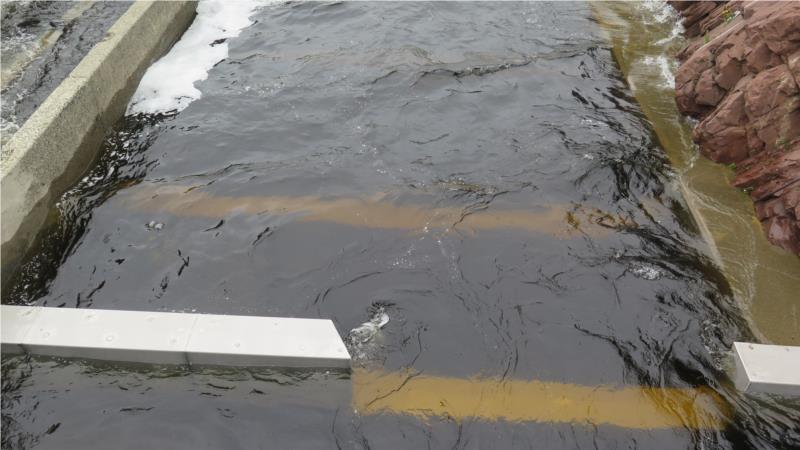

On the way back to Sydney we were able to get a pet-friendly berth so instead of Luna sleeping for 7 hours in the RV, she could sleep 7 hours in our berth.
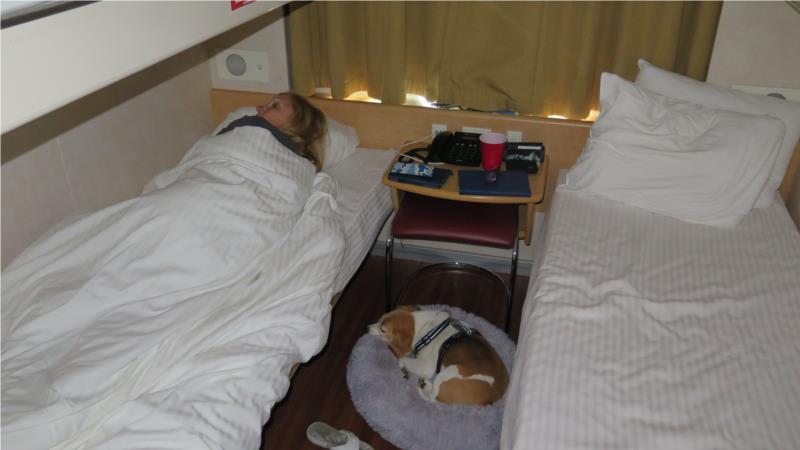

Now a few pictures we found interesting.
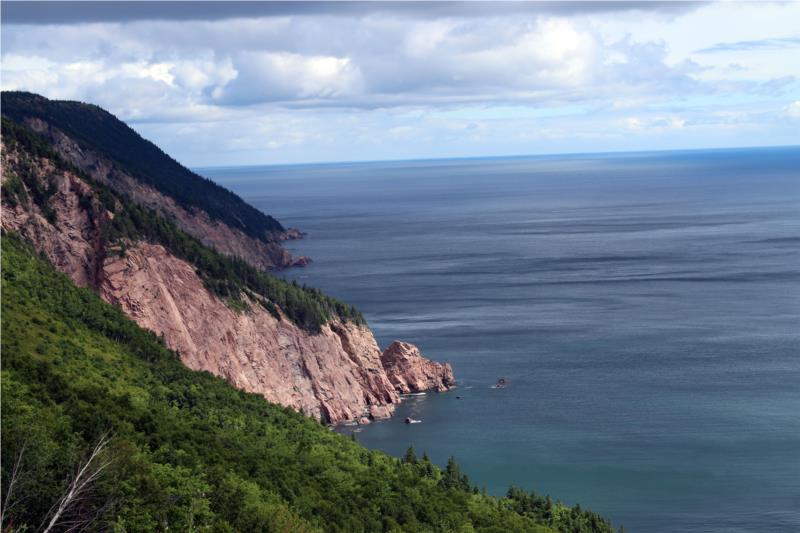

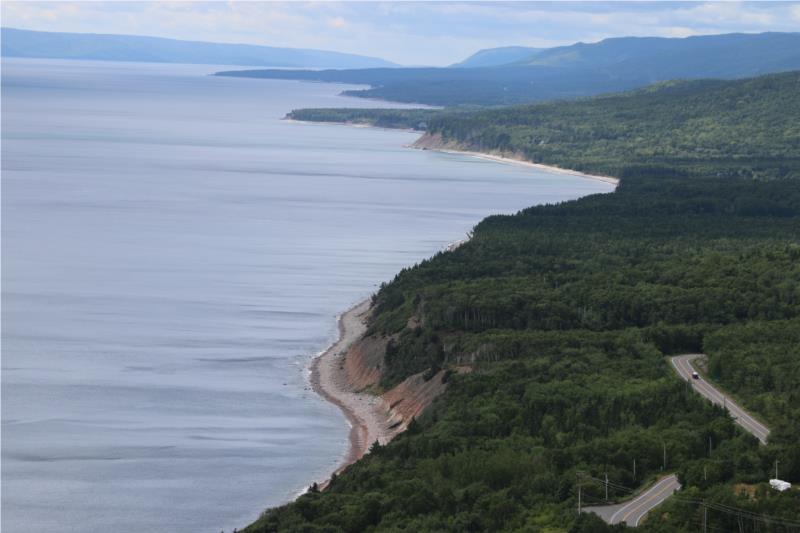
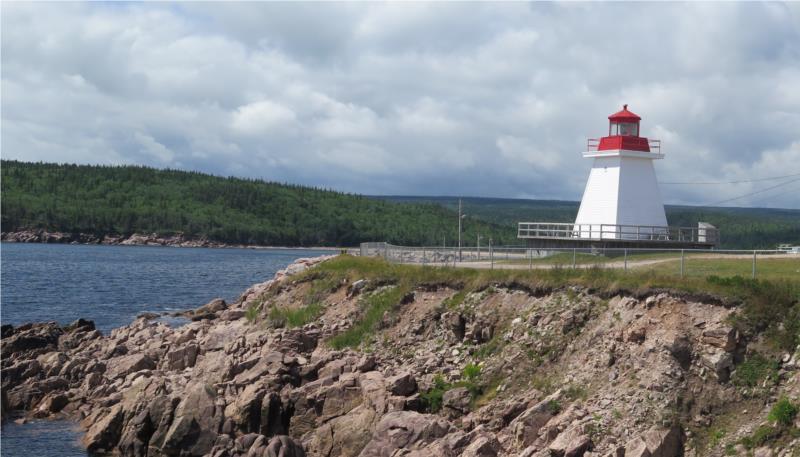
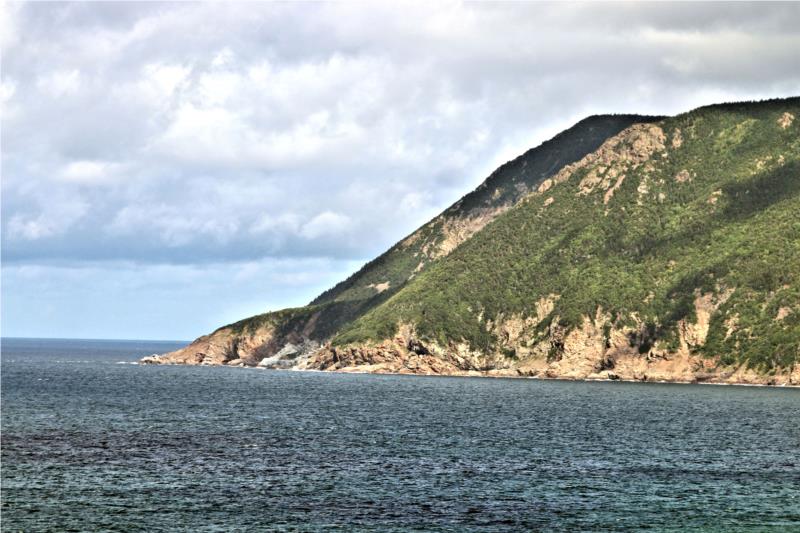
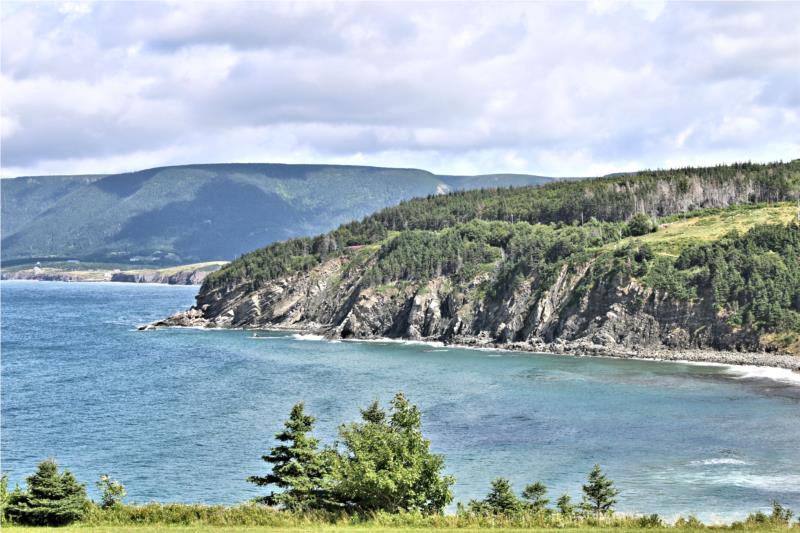
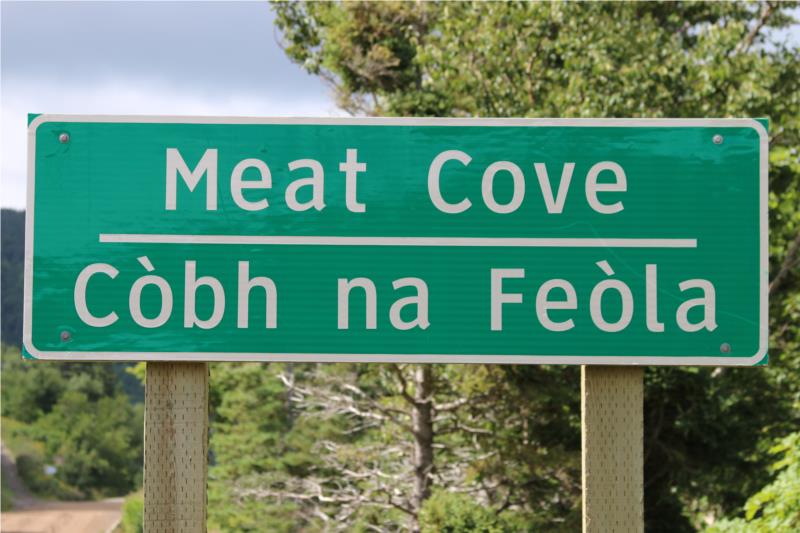
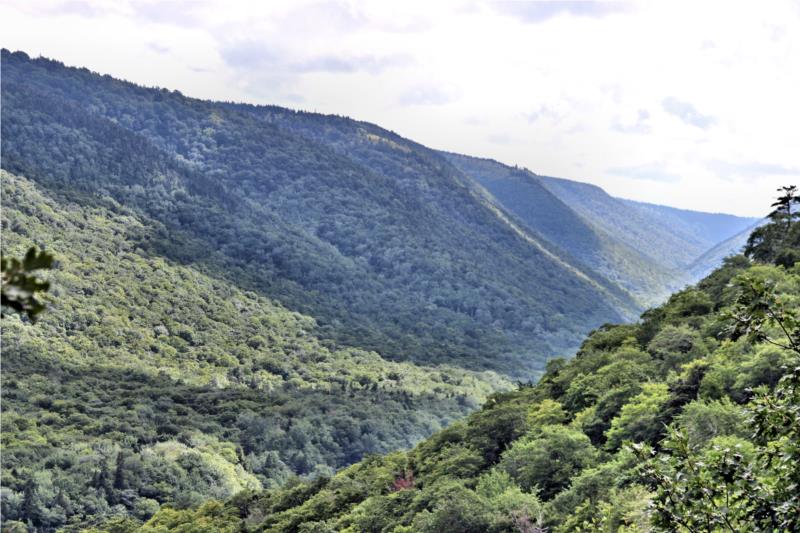
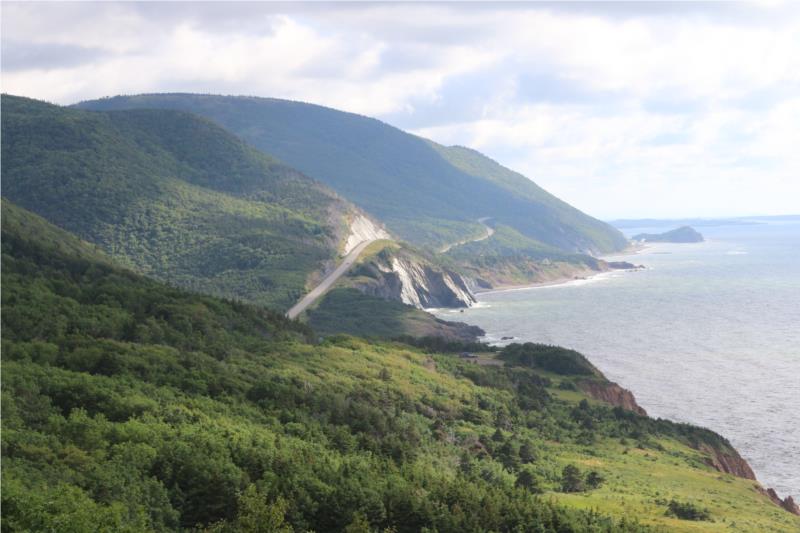
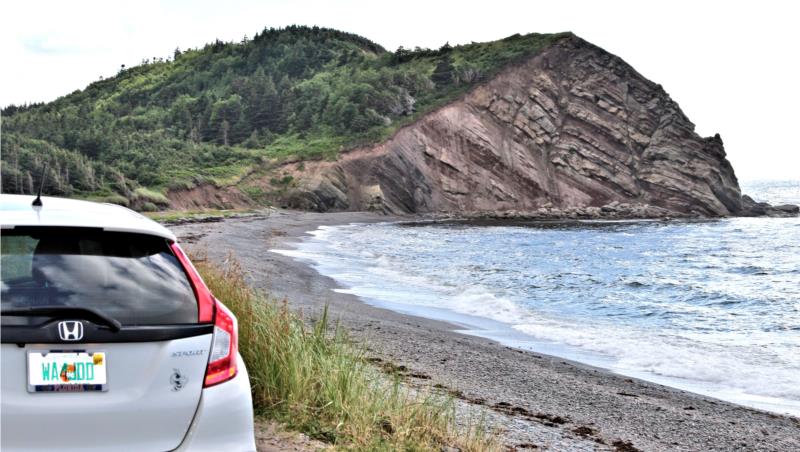
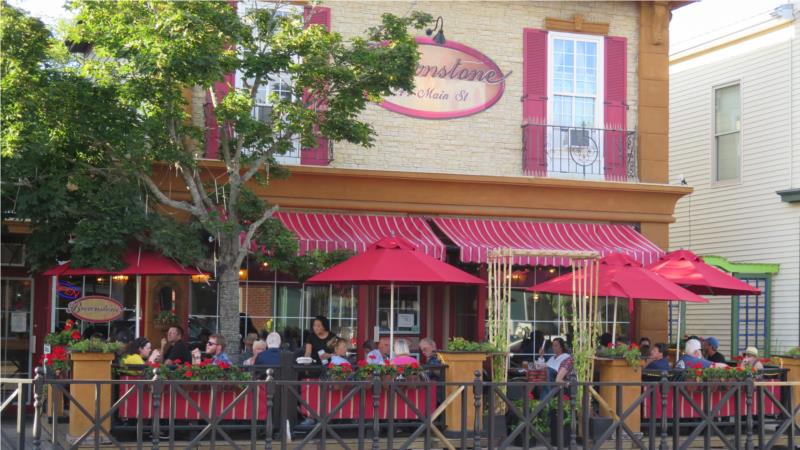
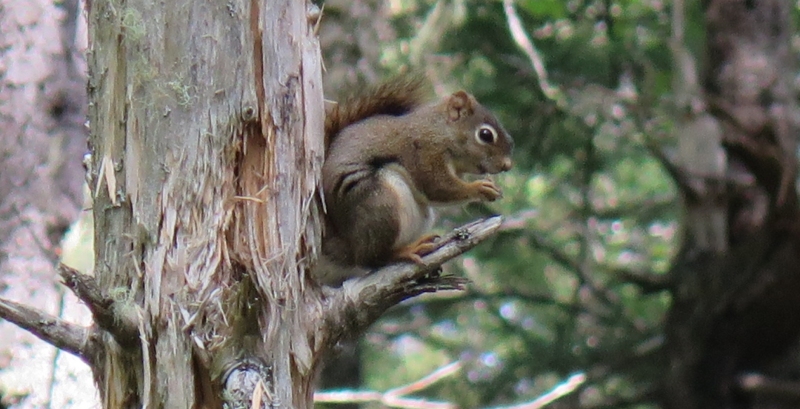
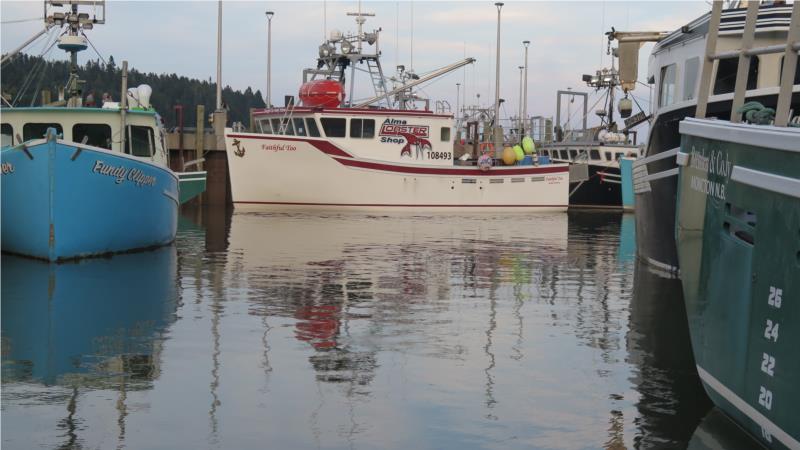
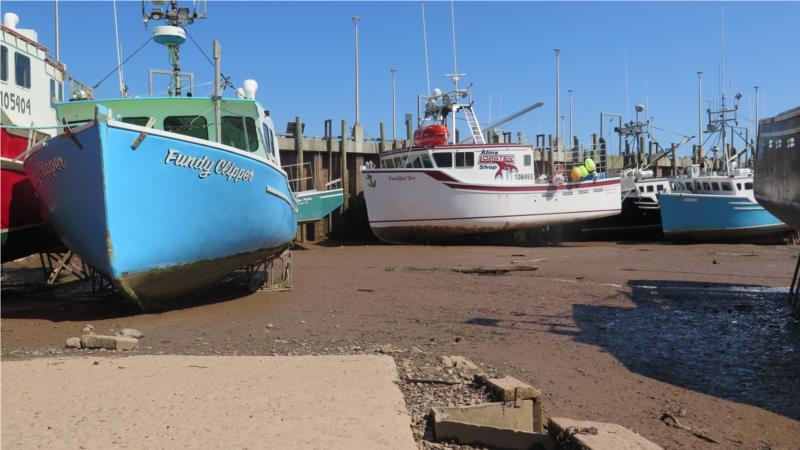
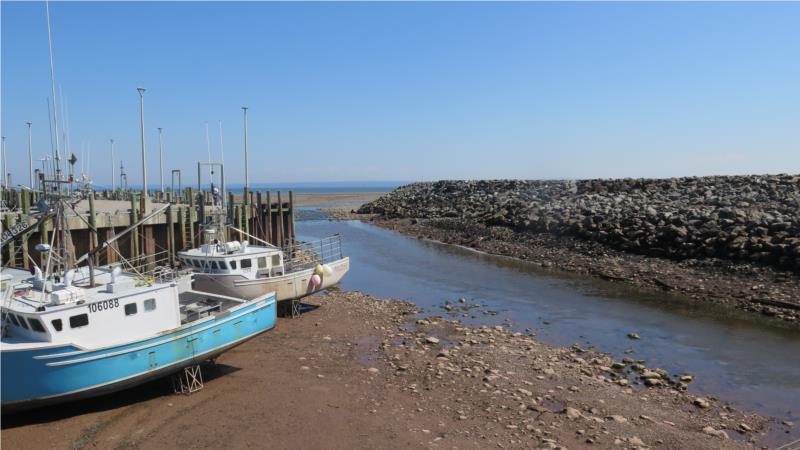
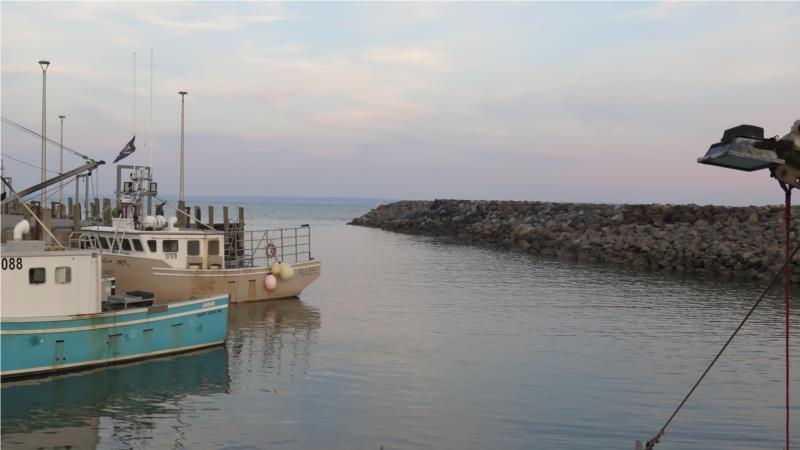
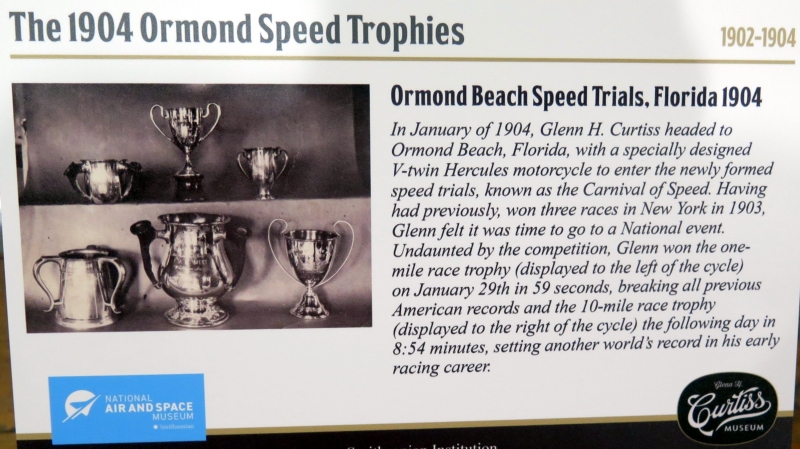
|
|